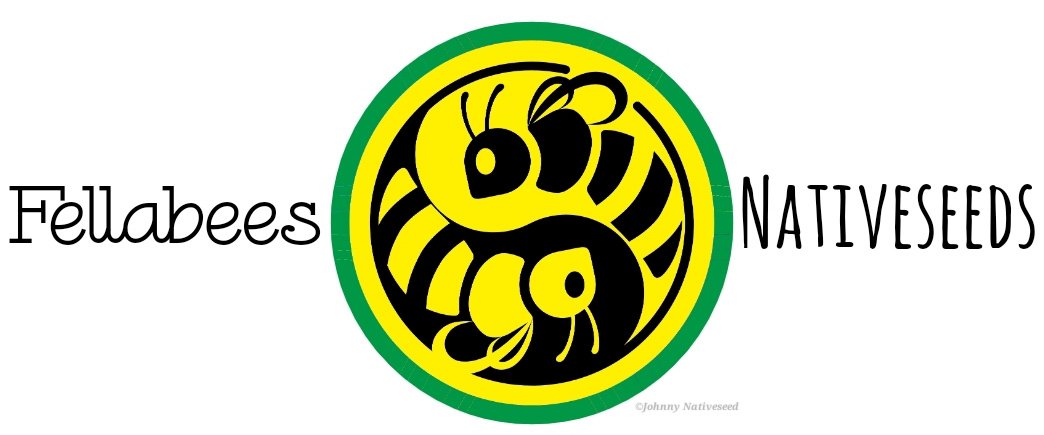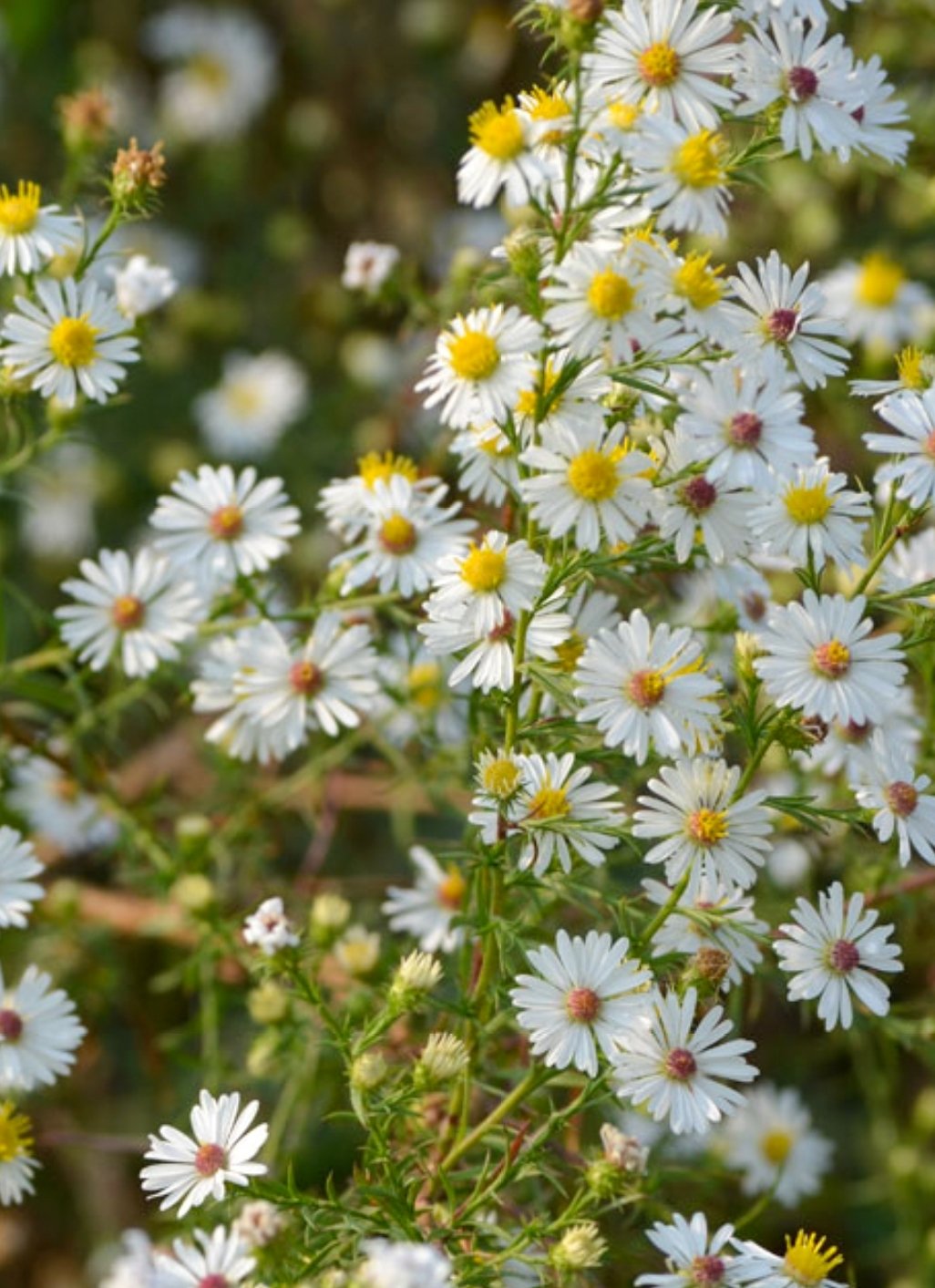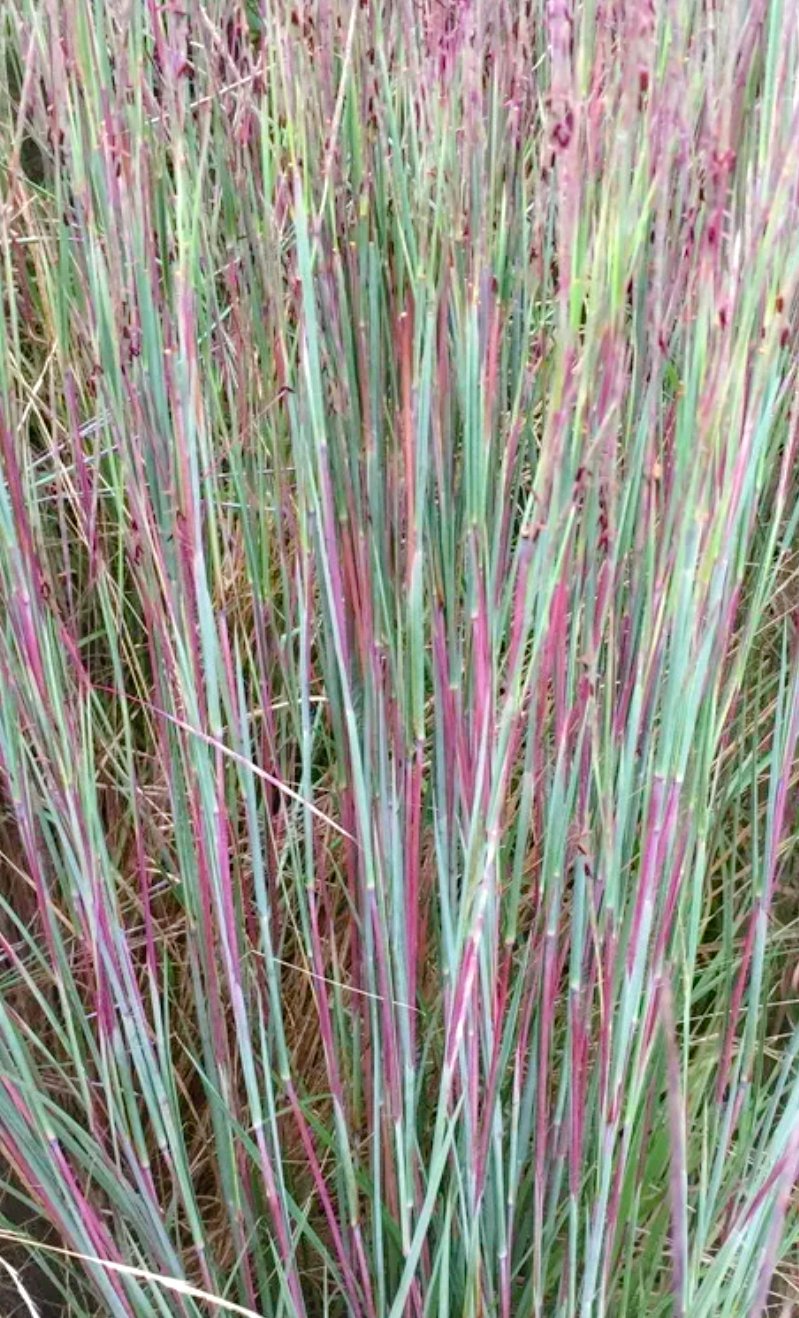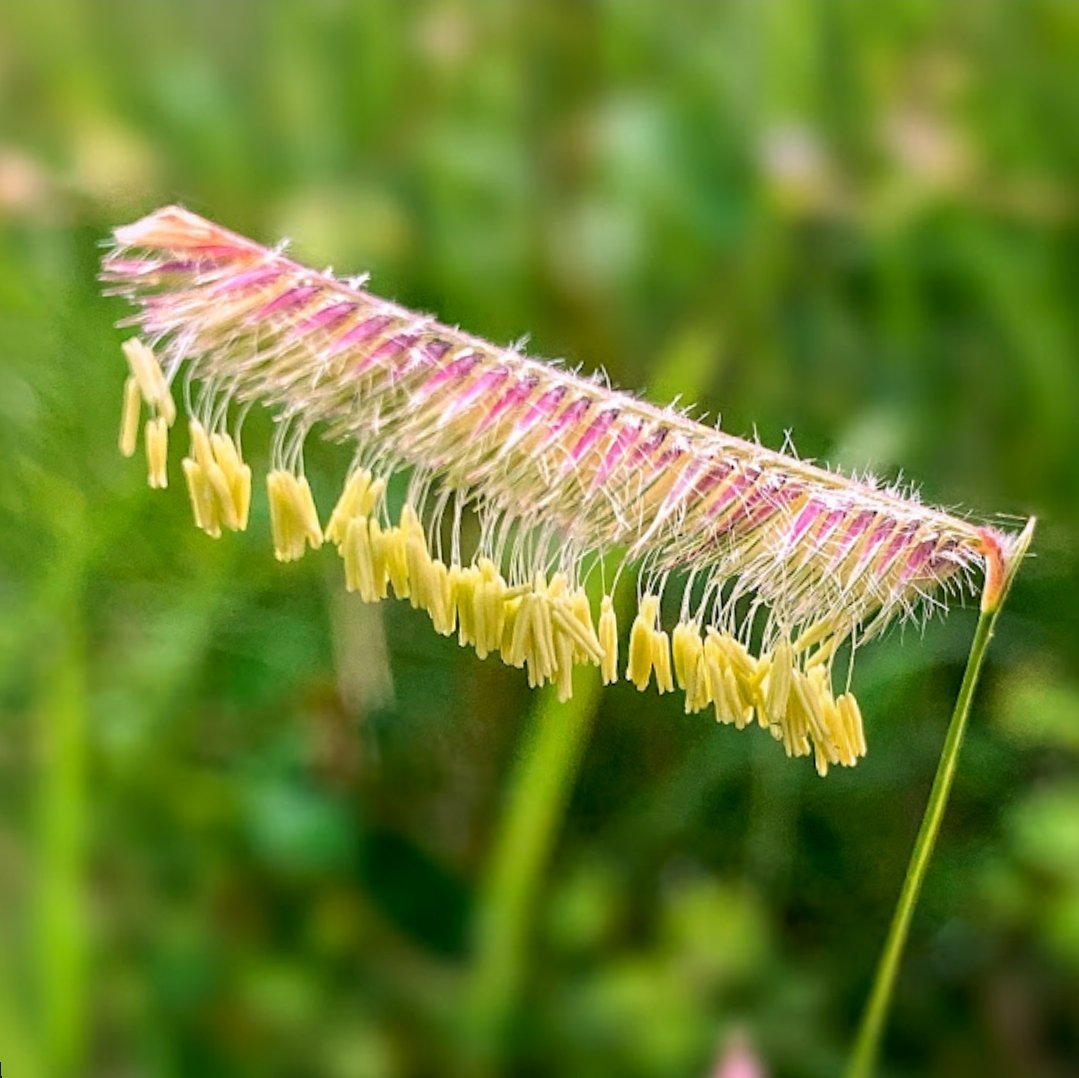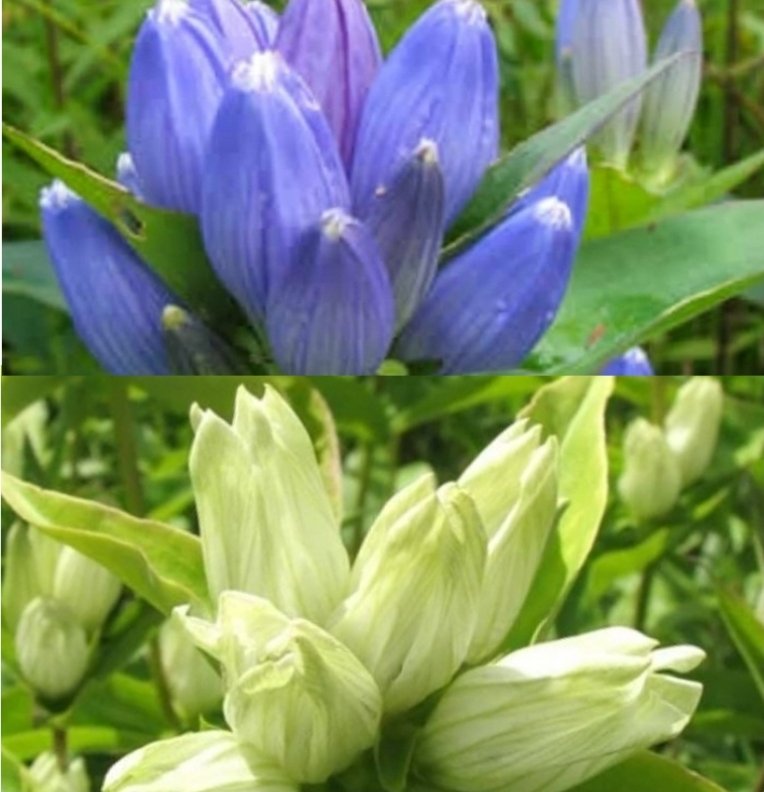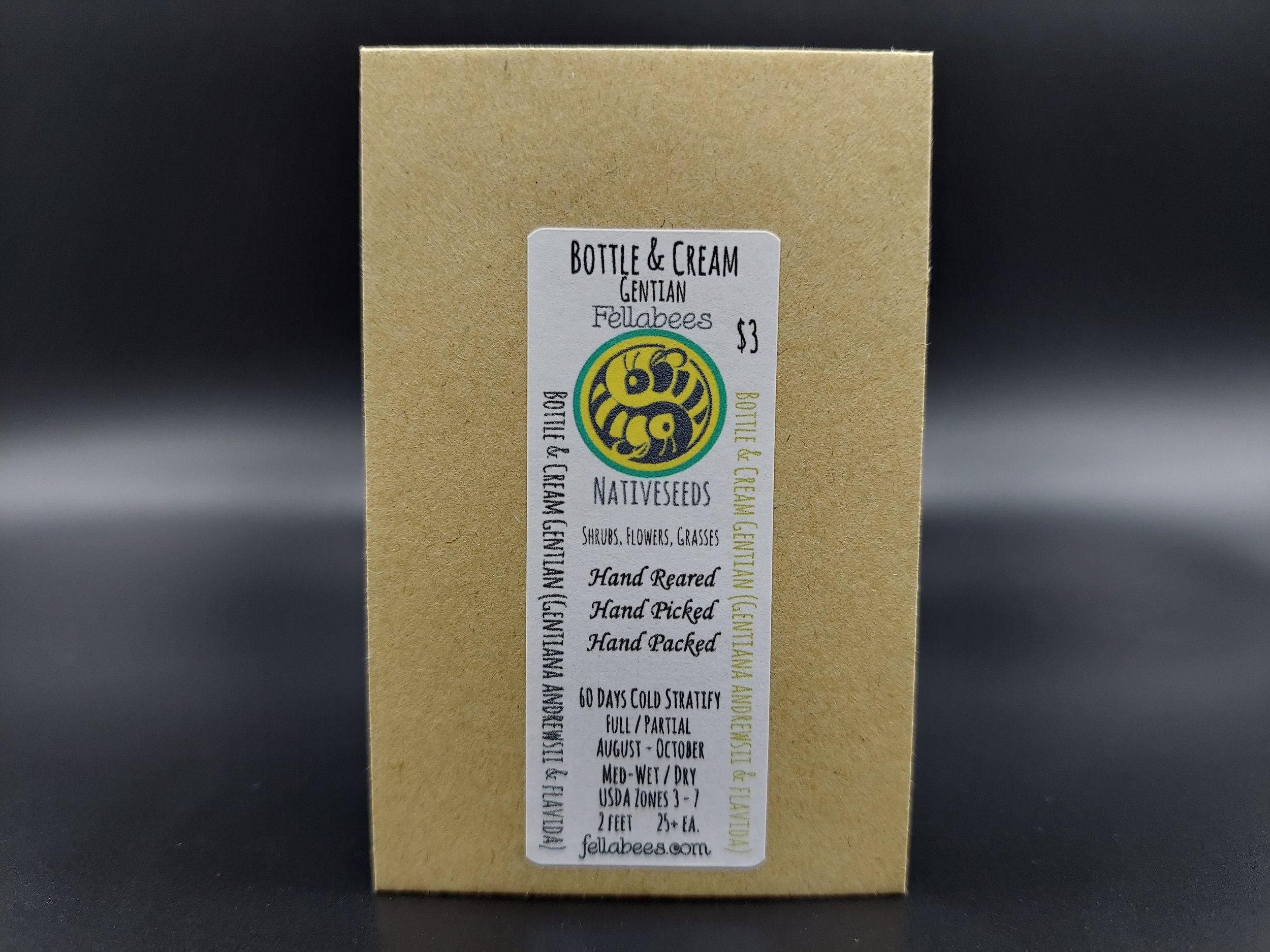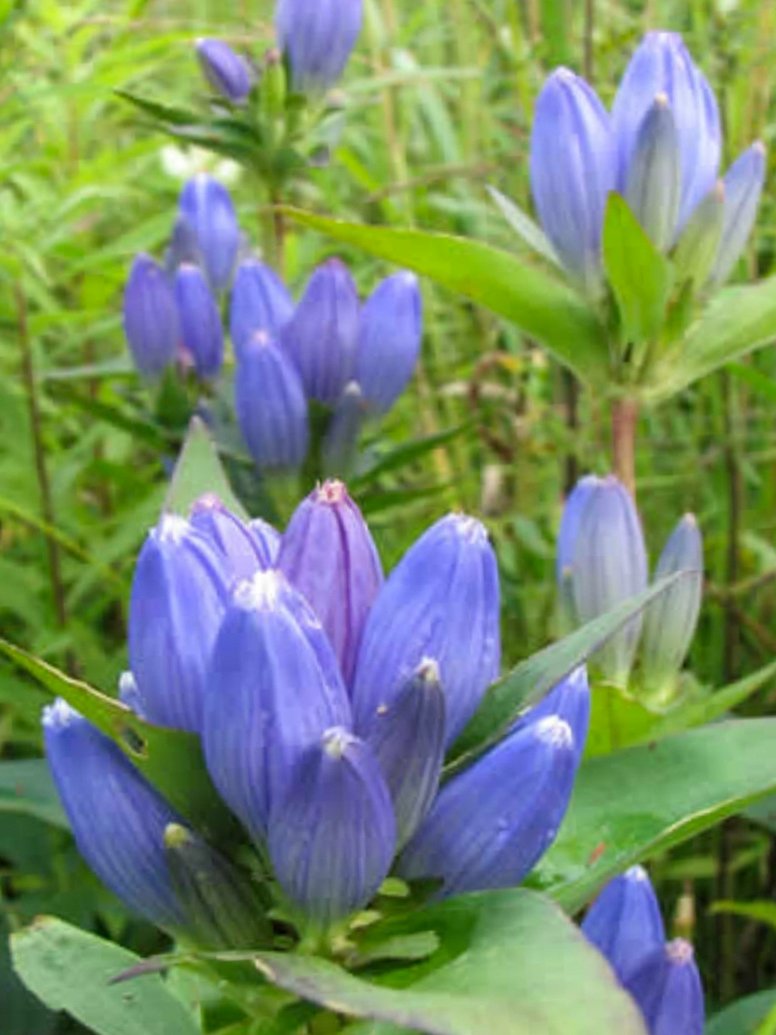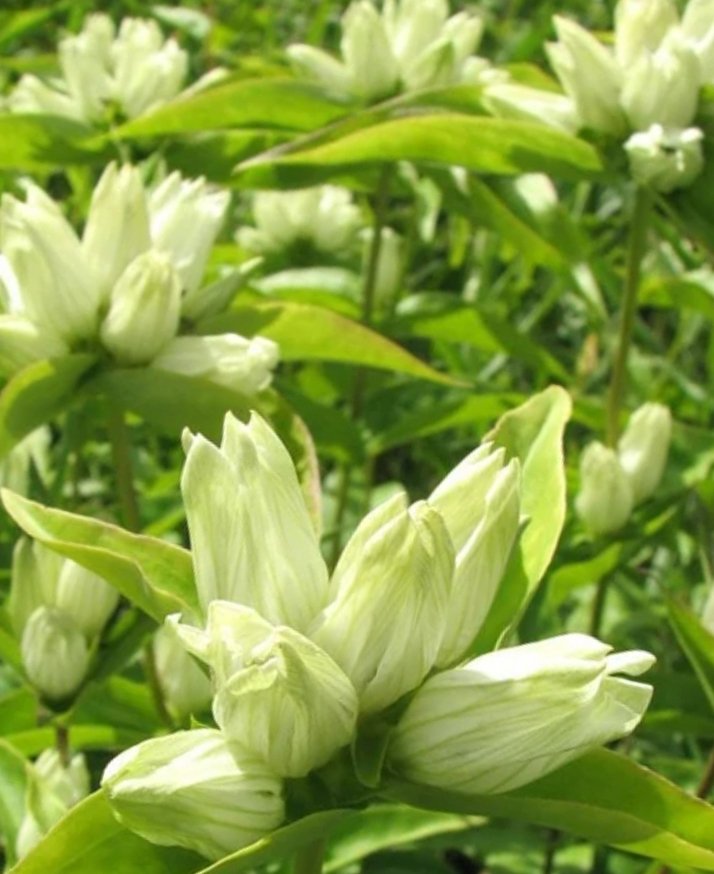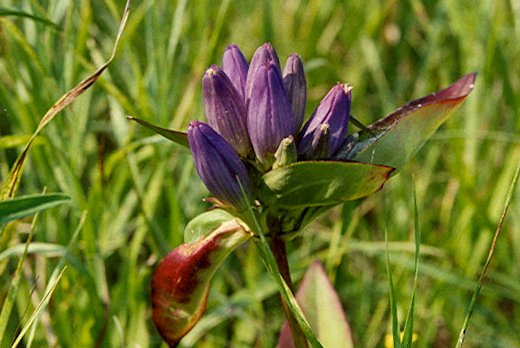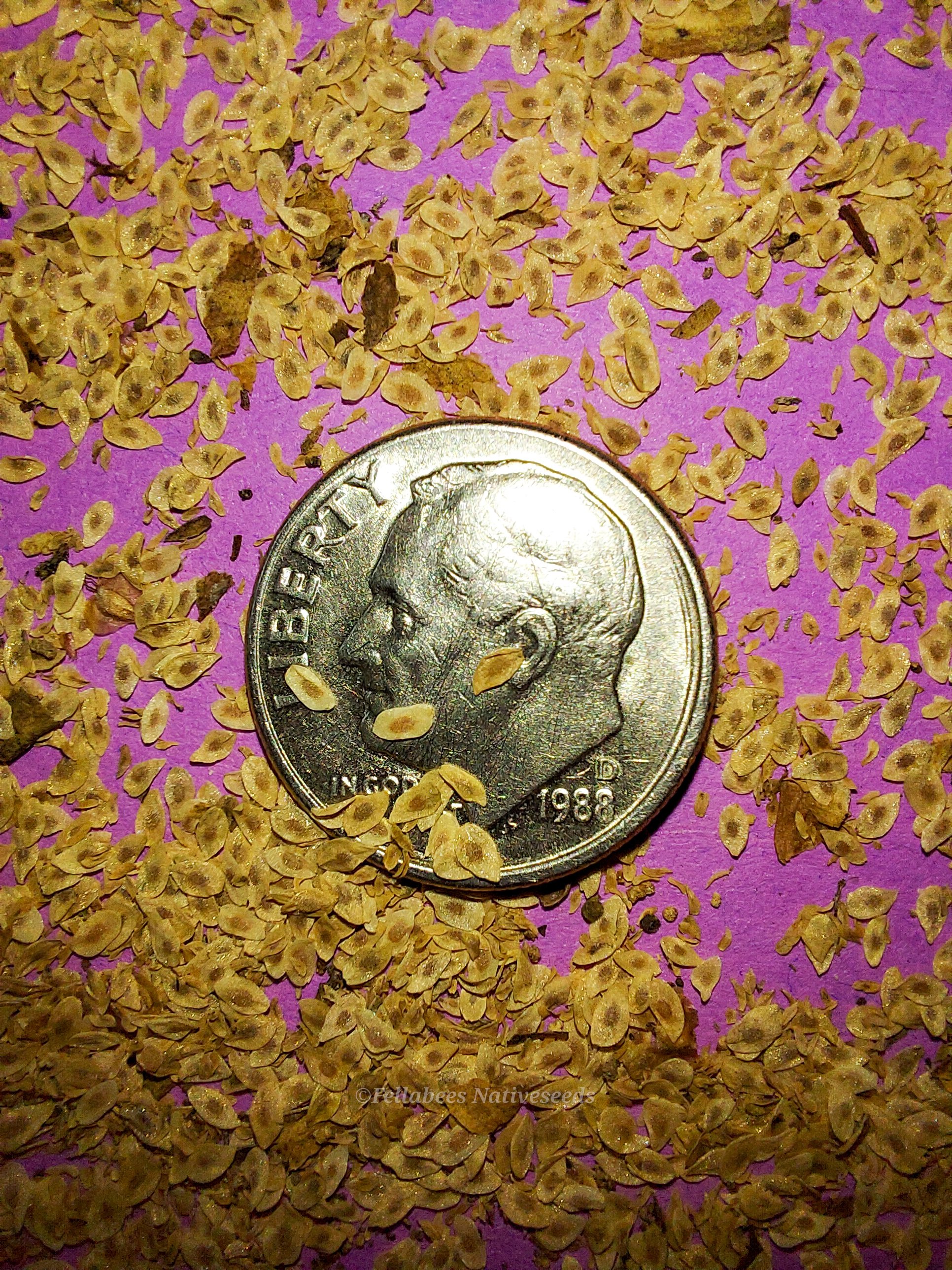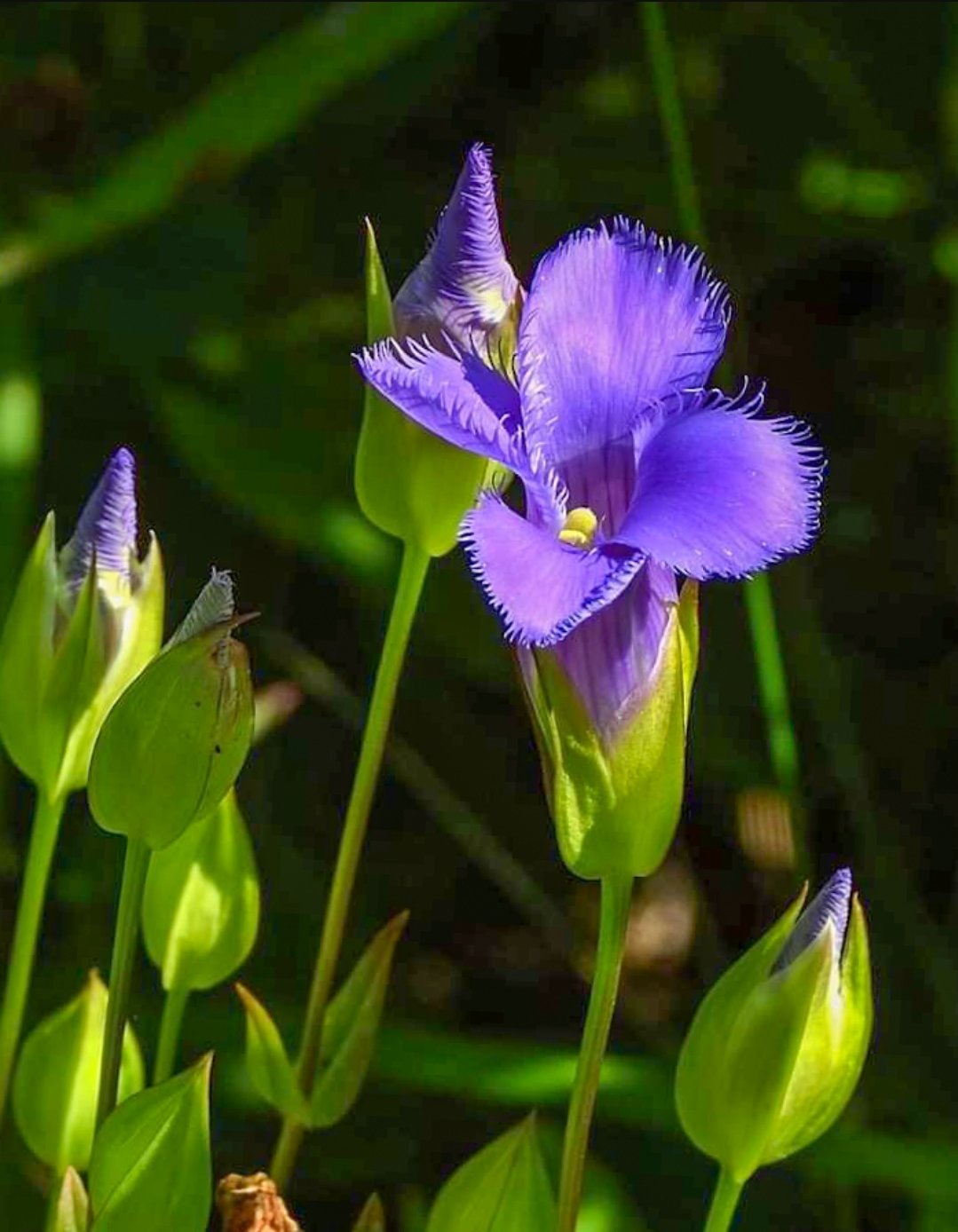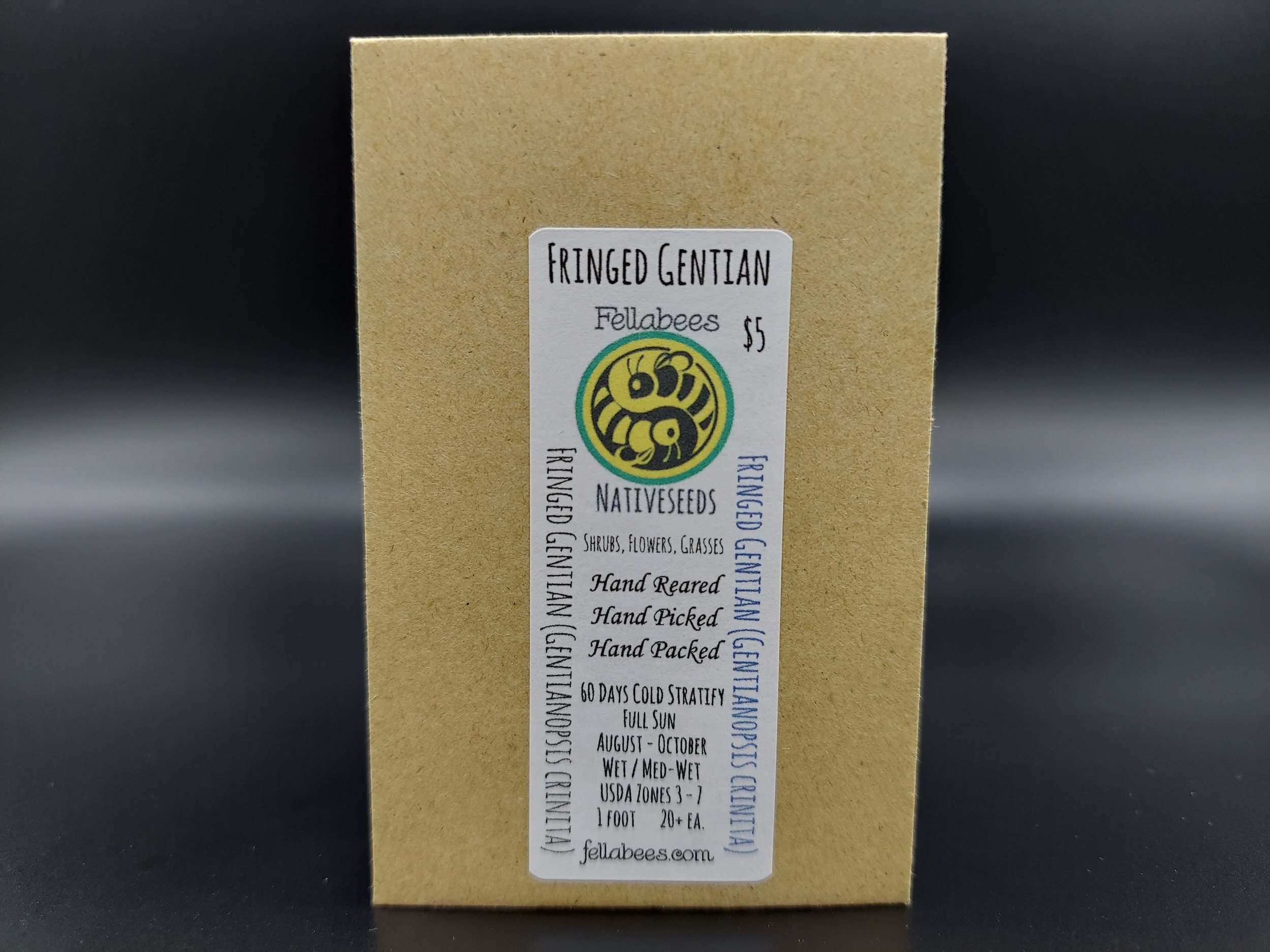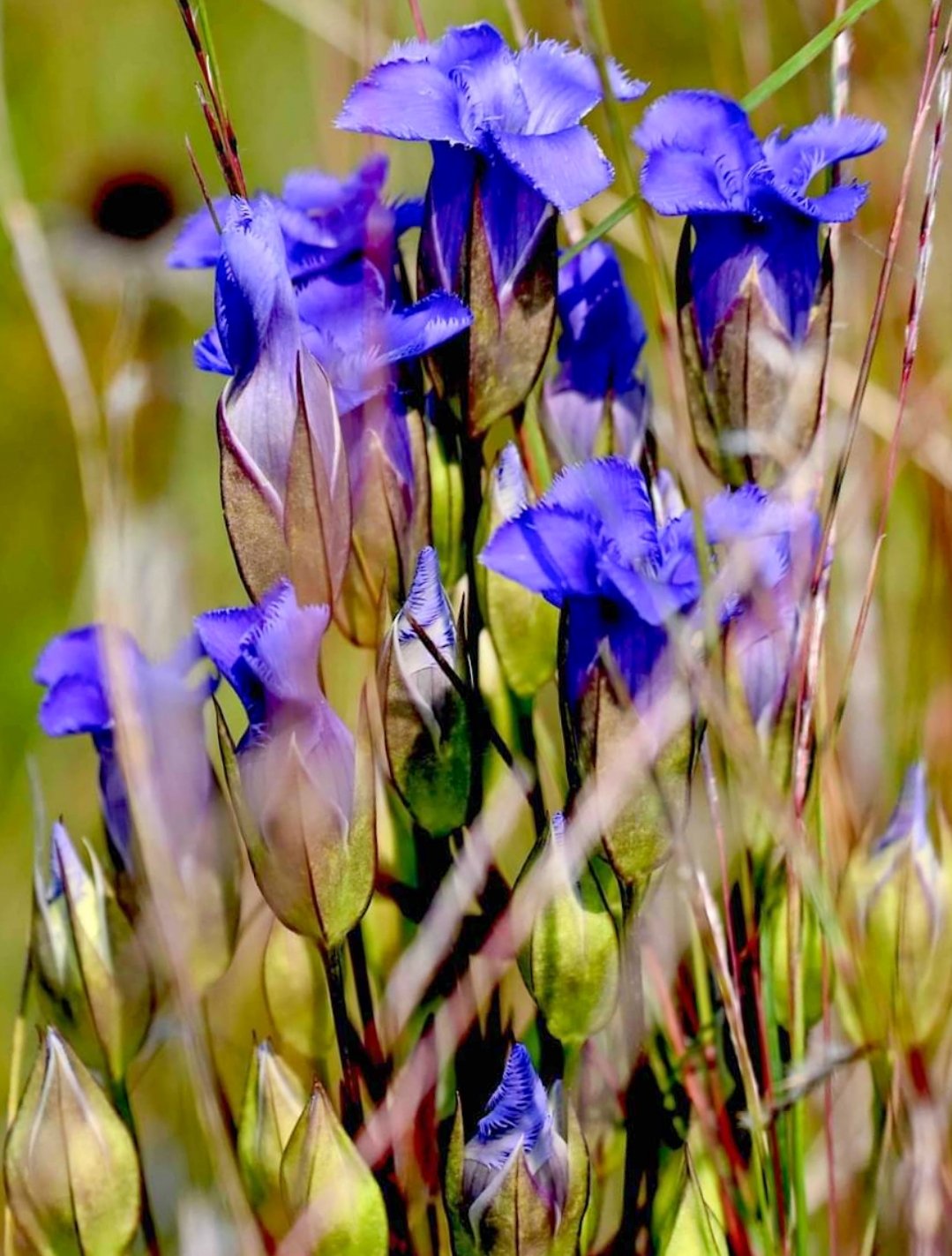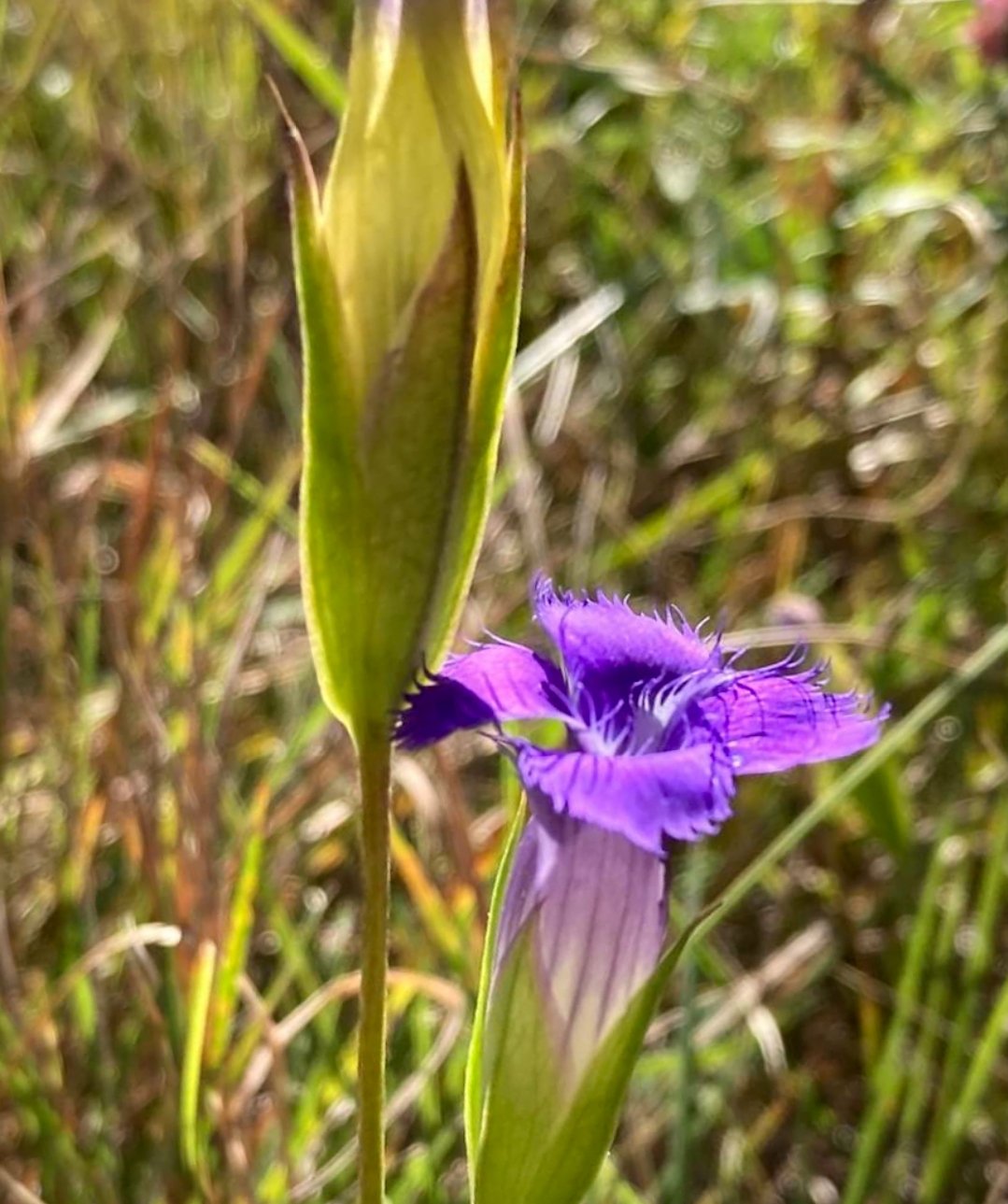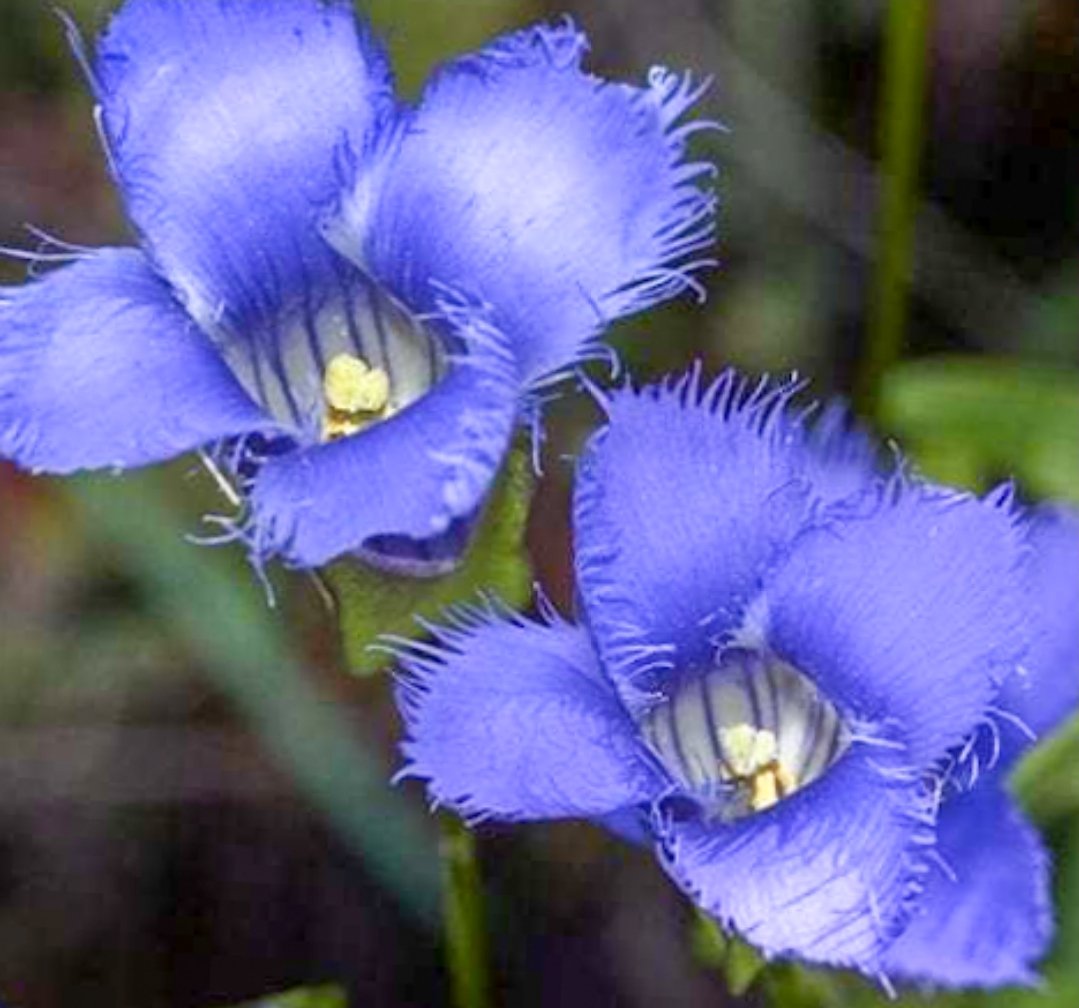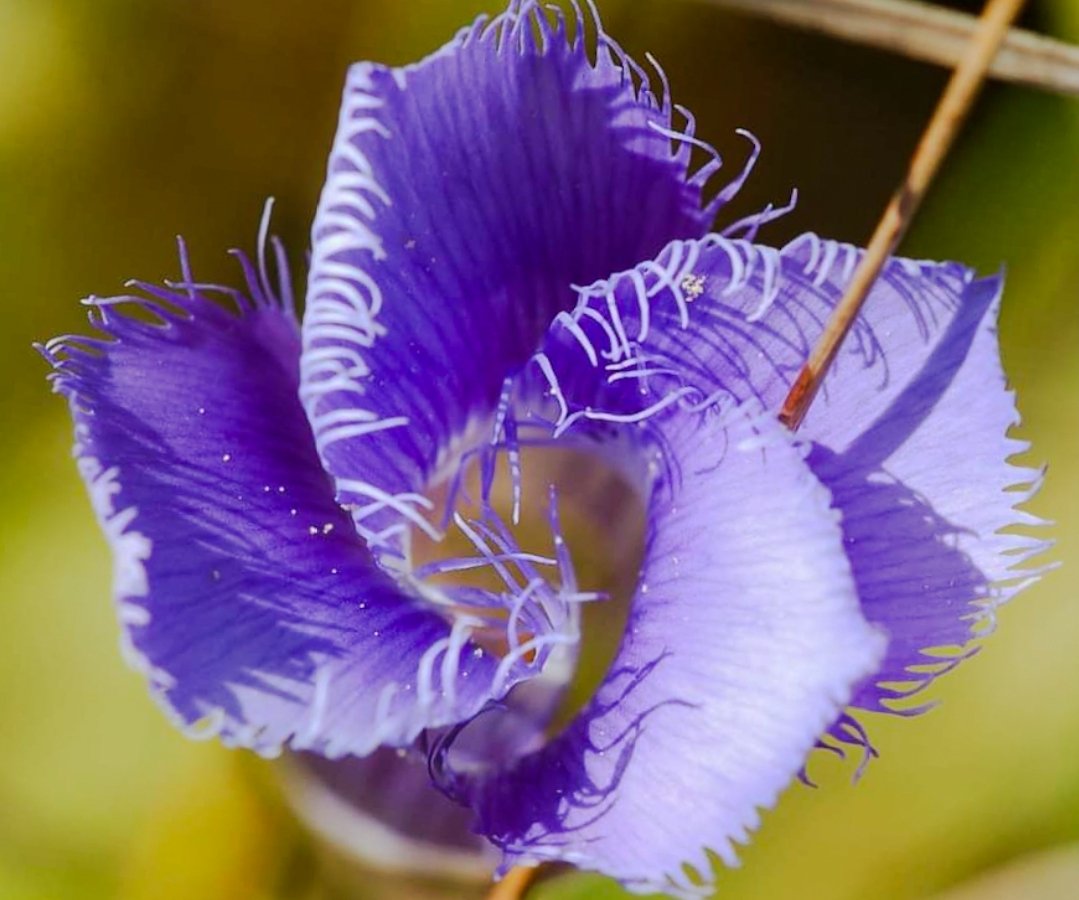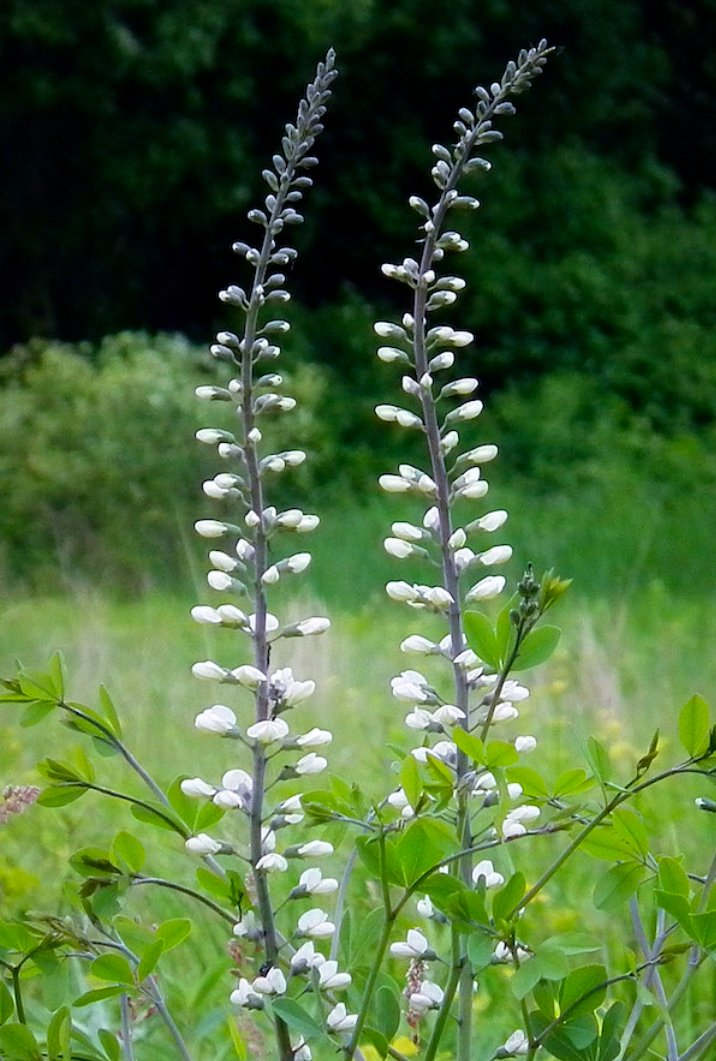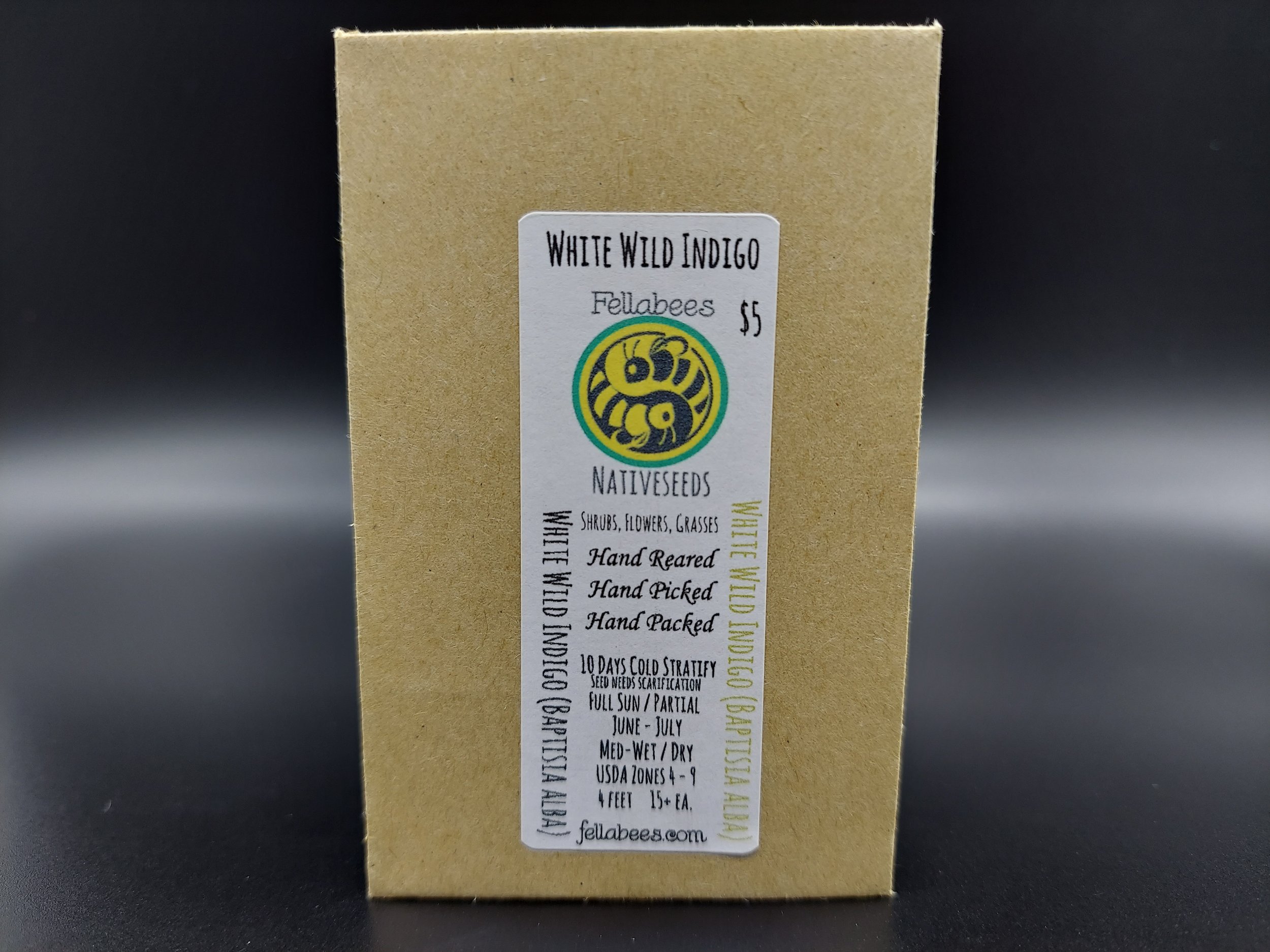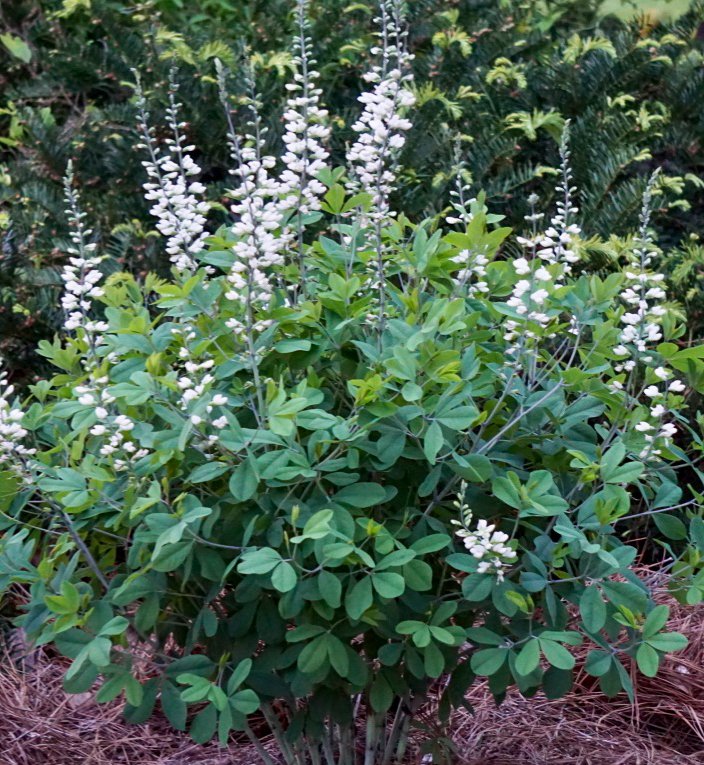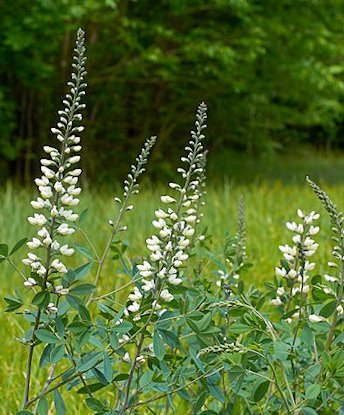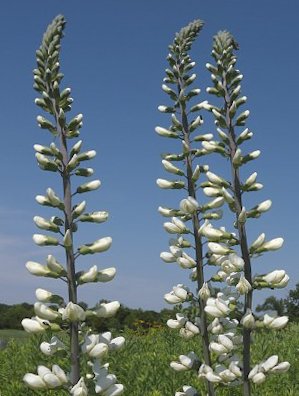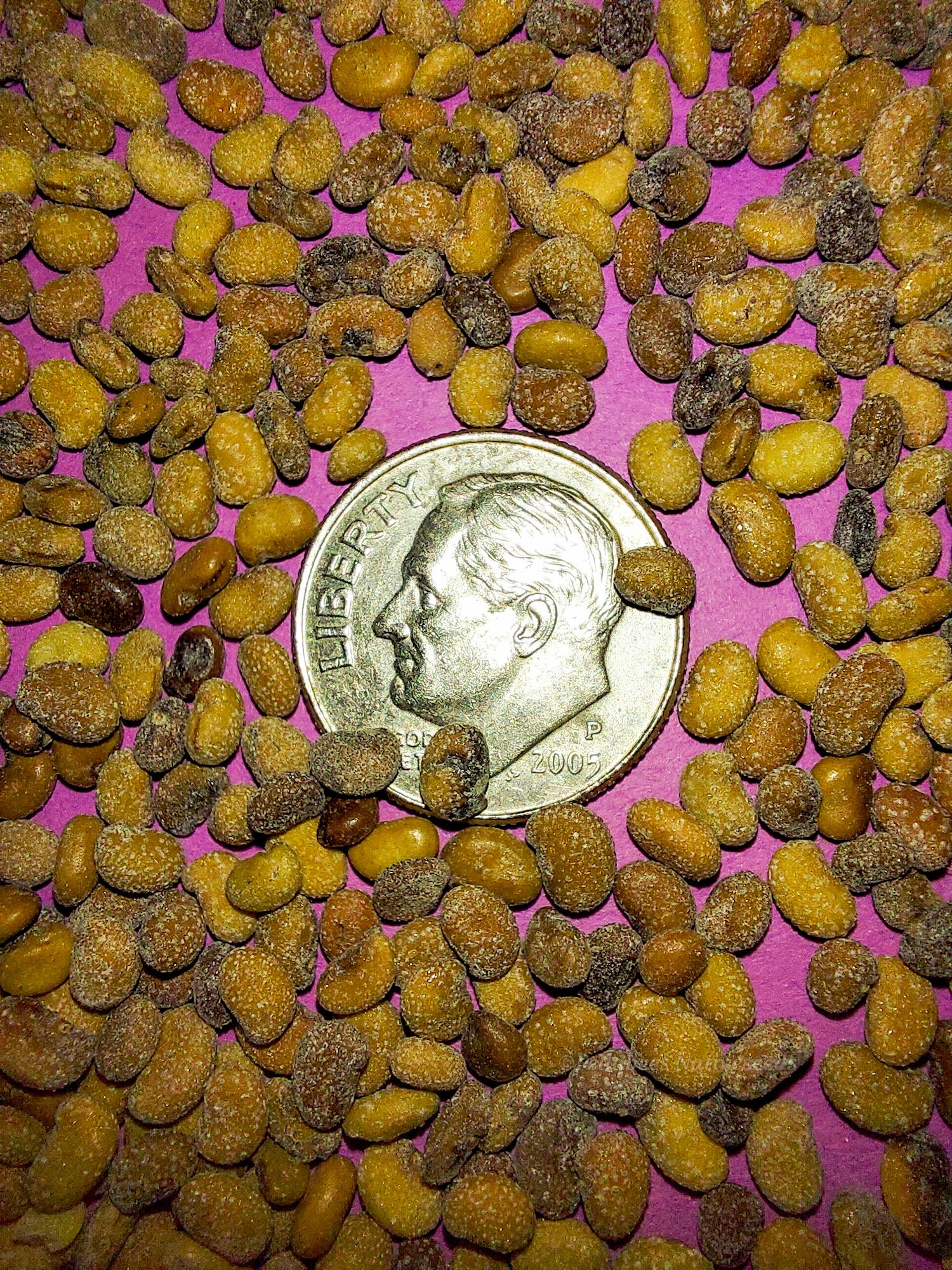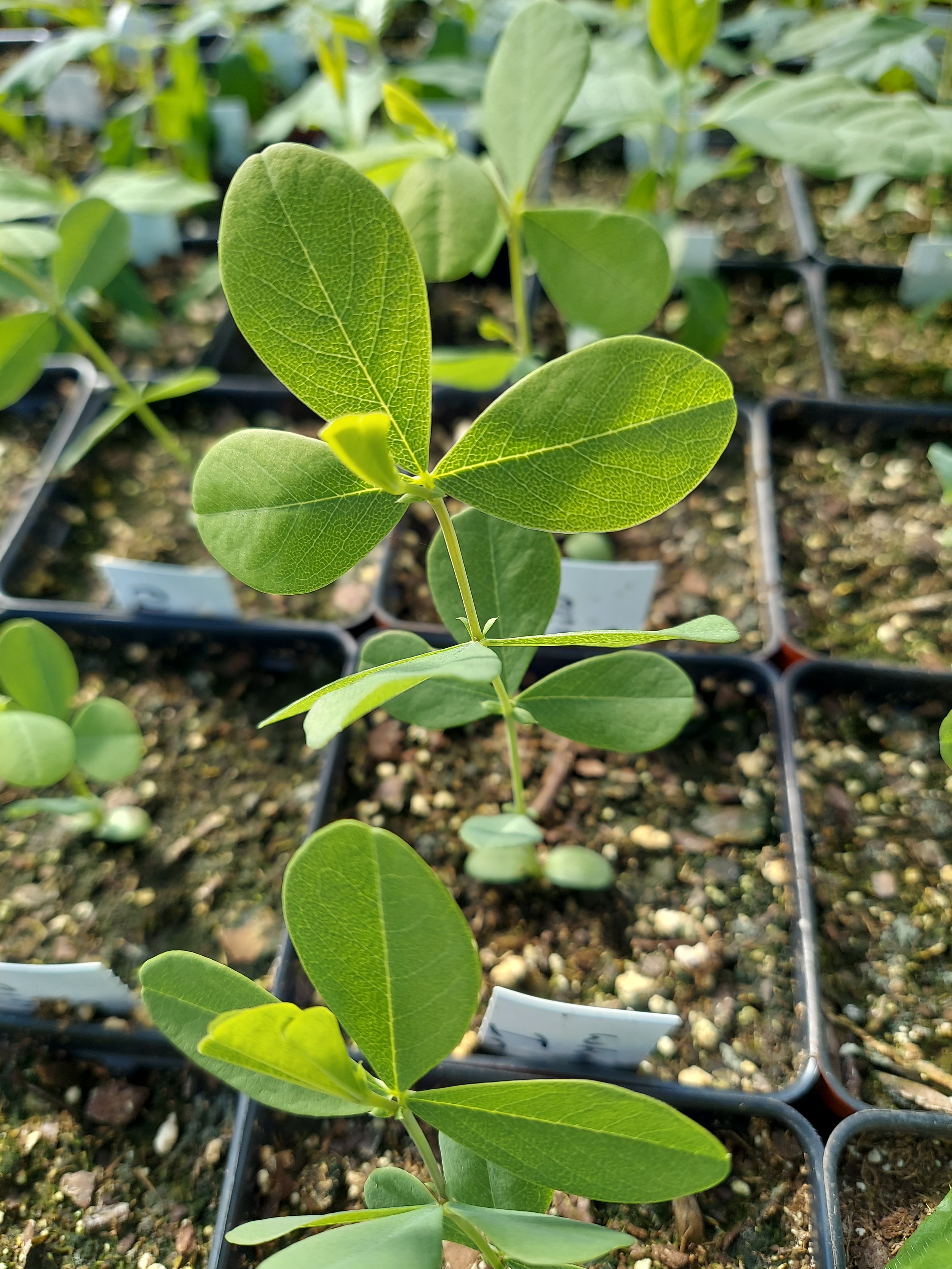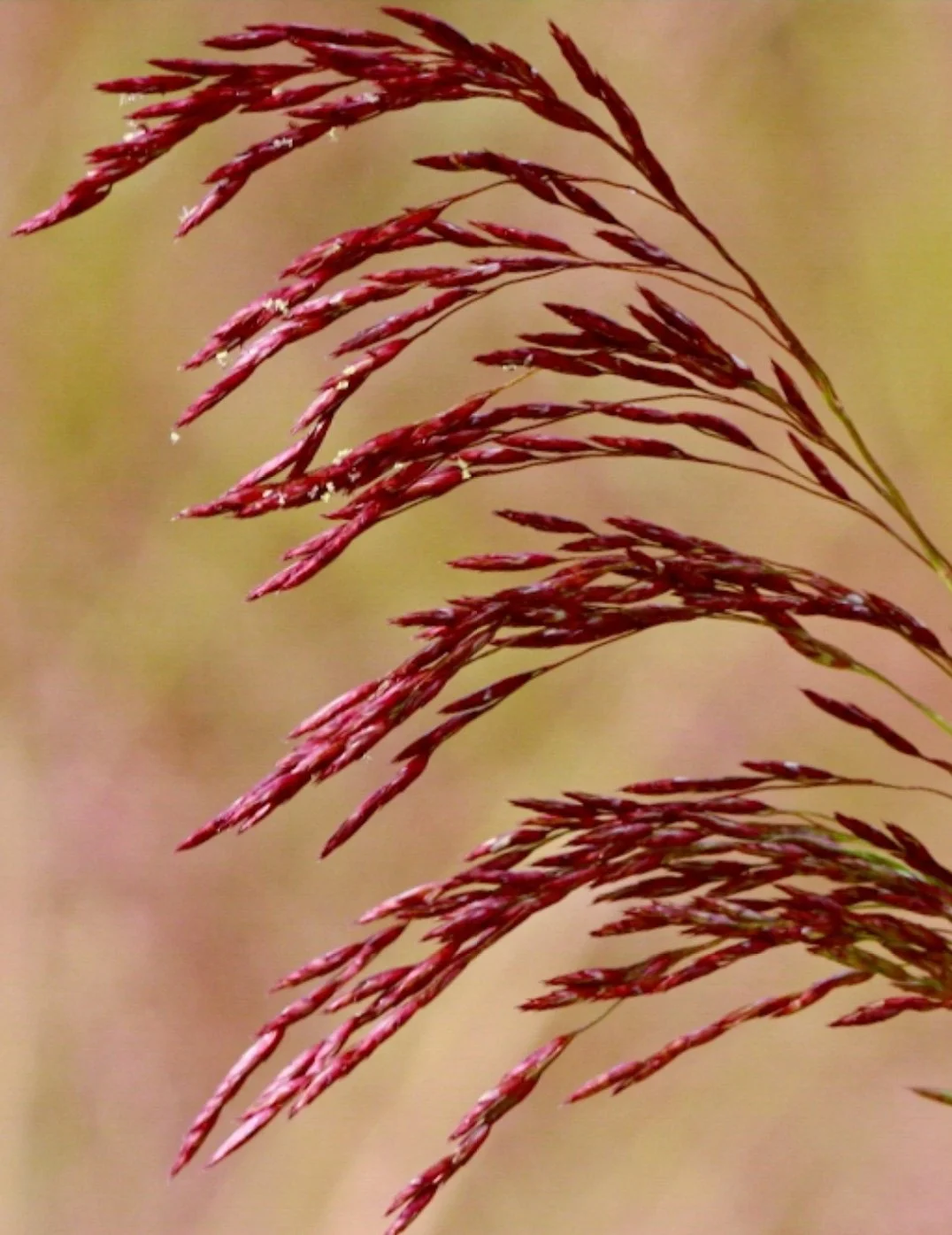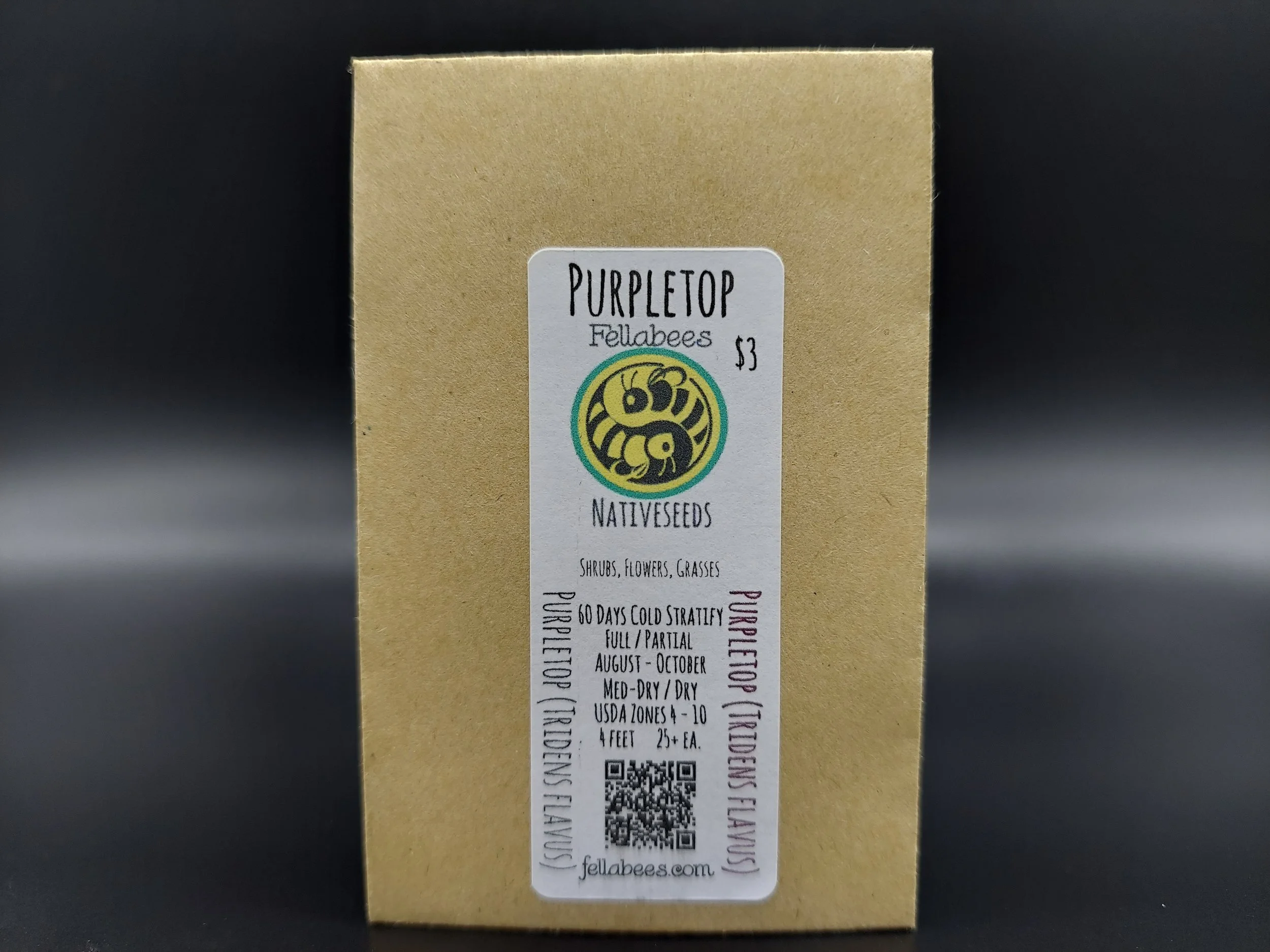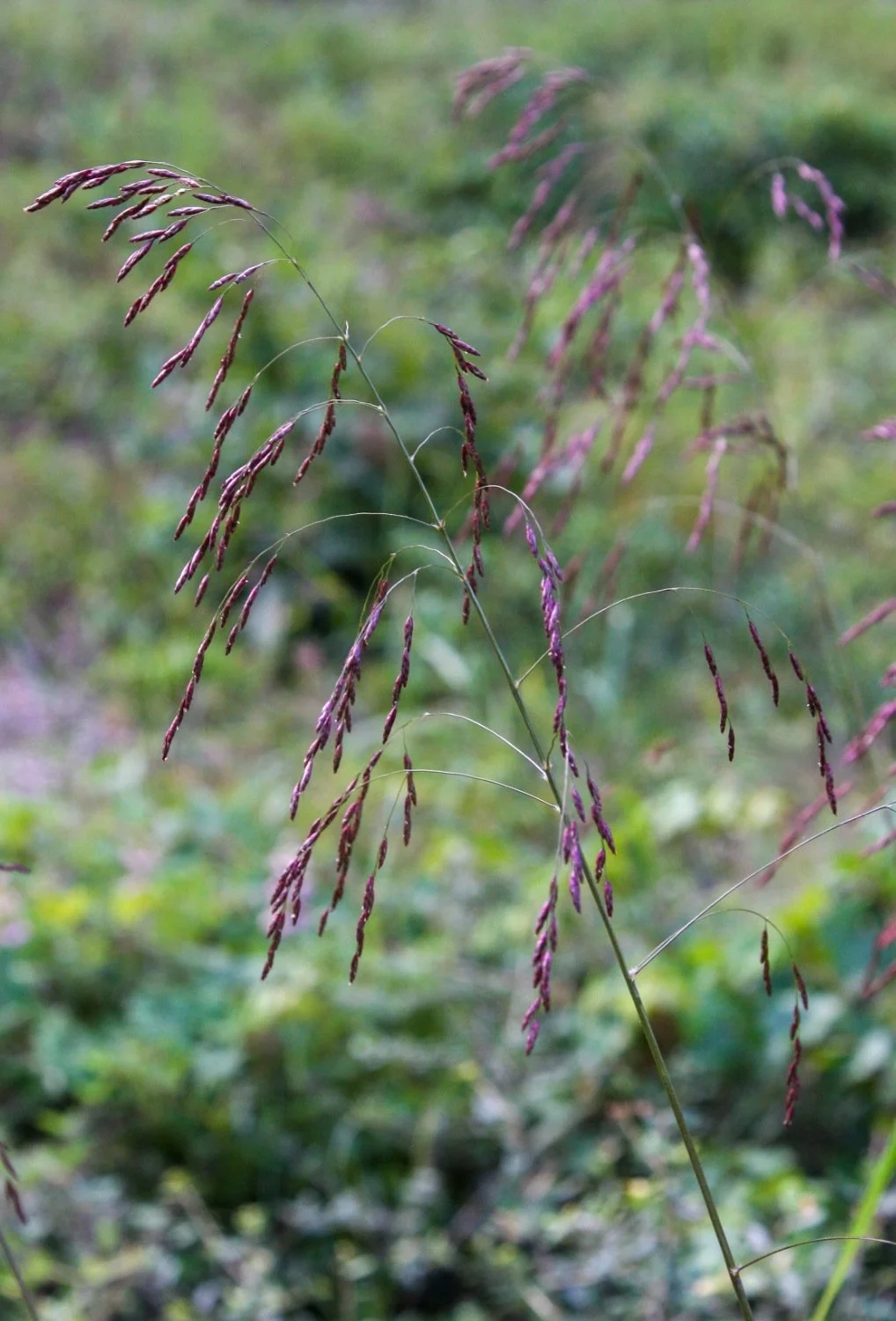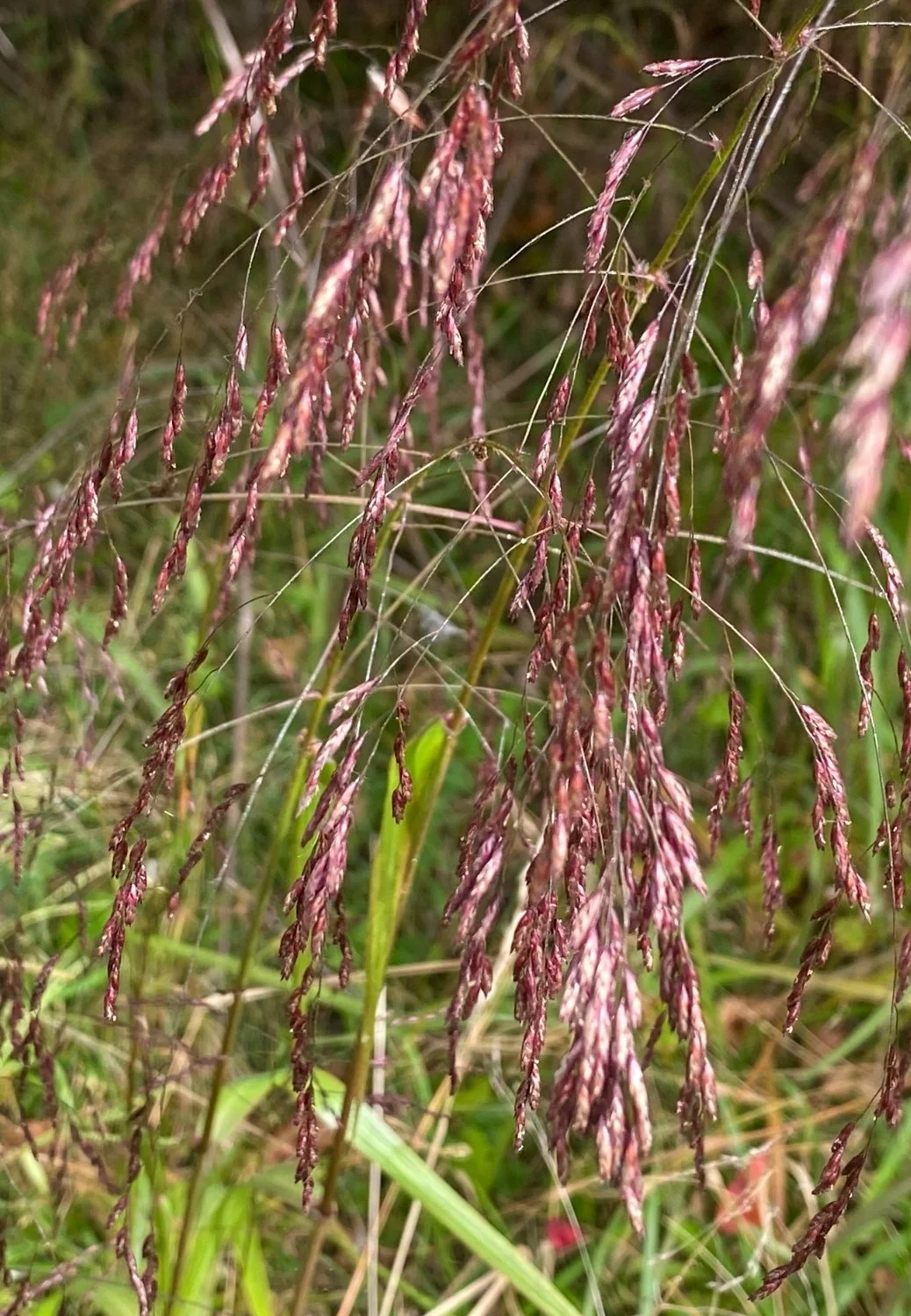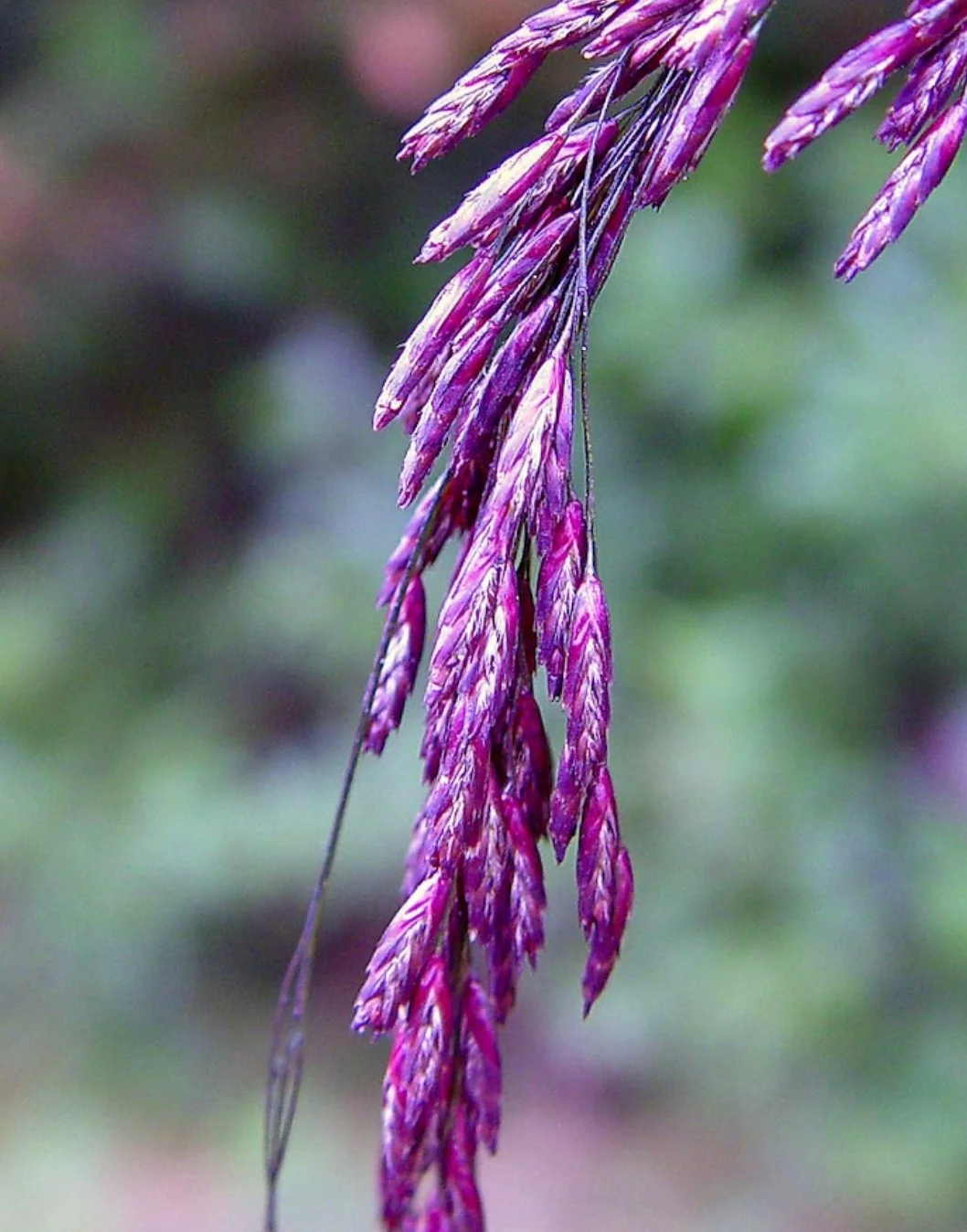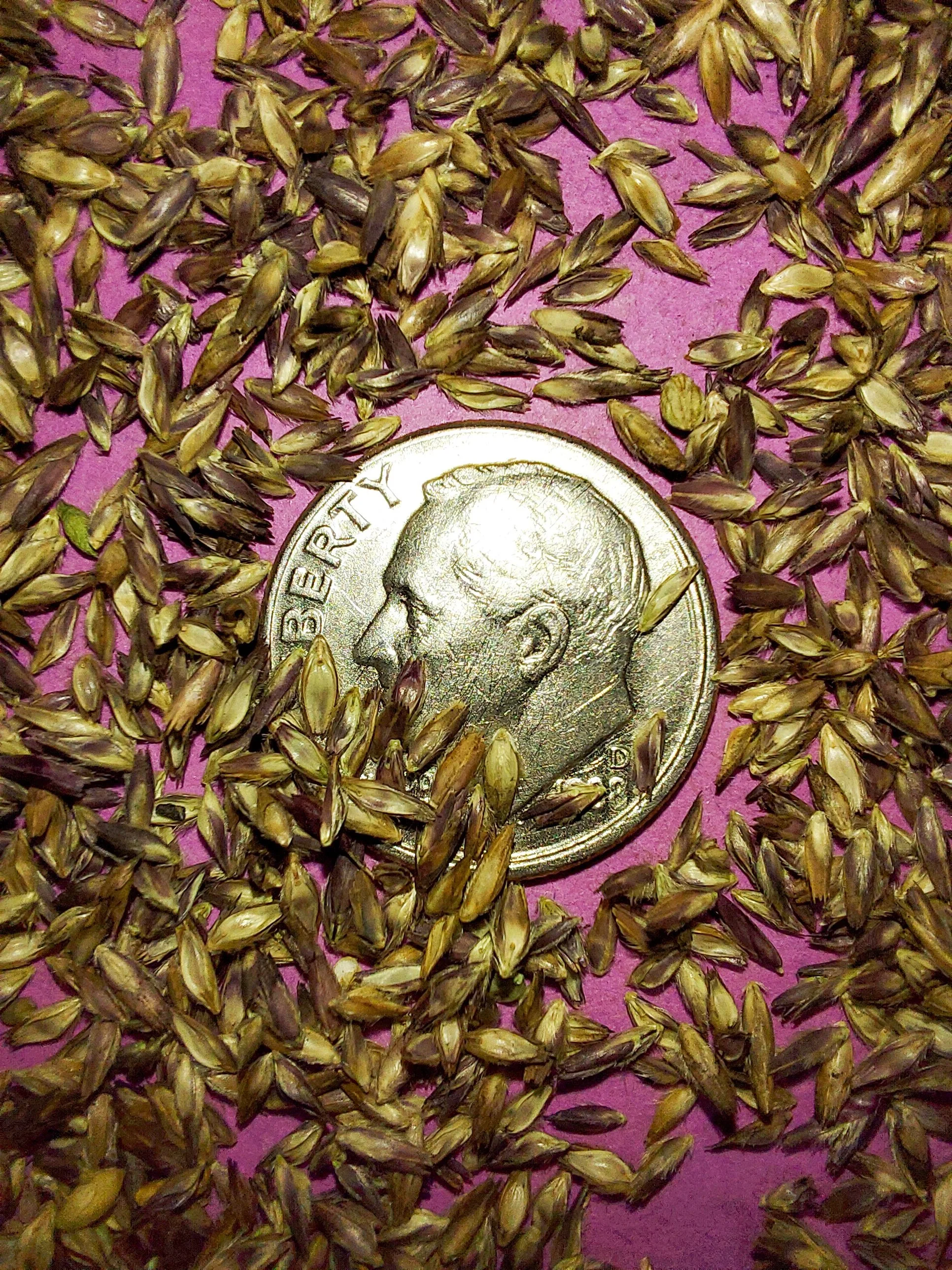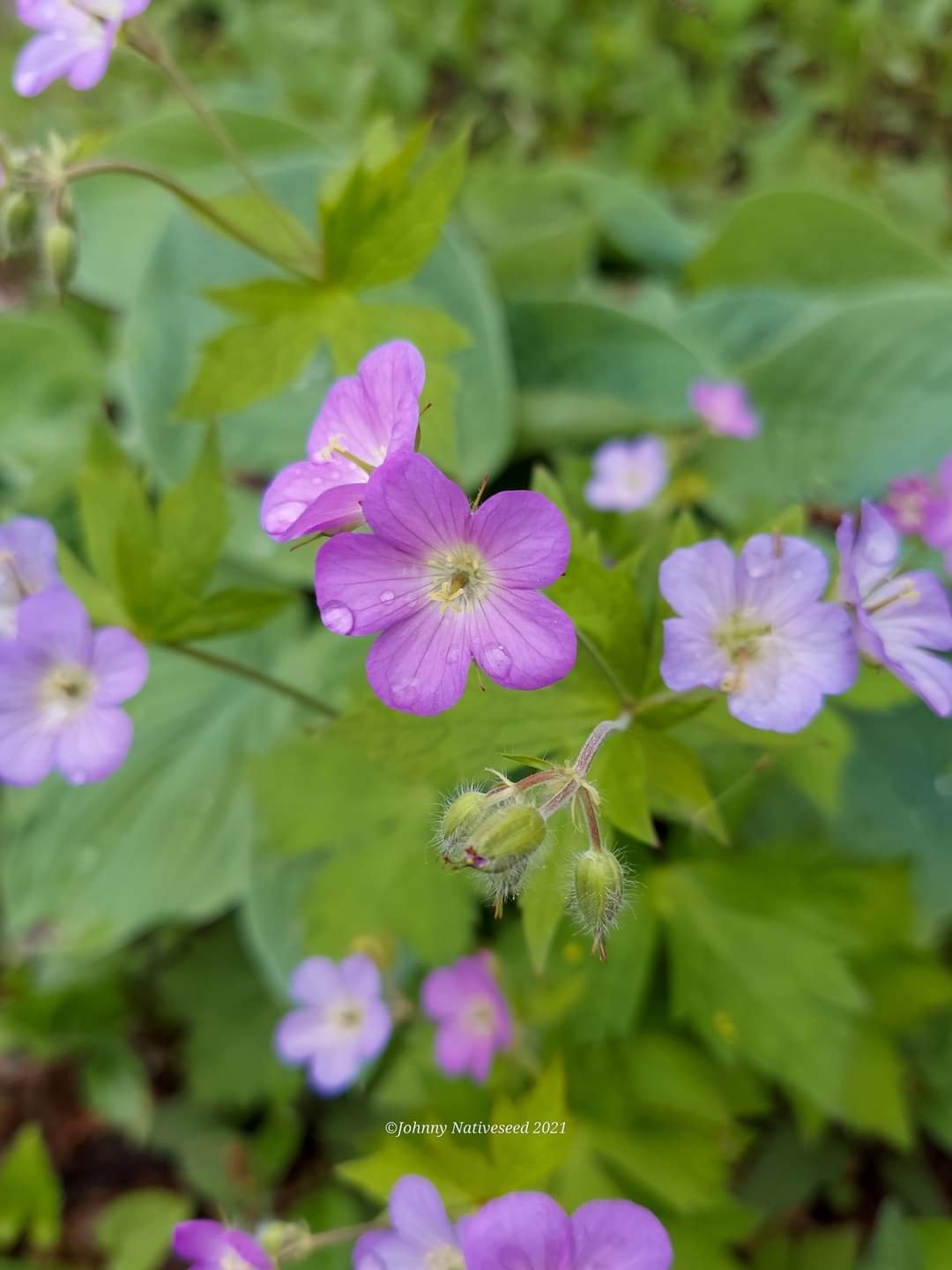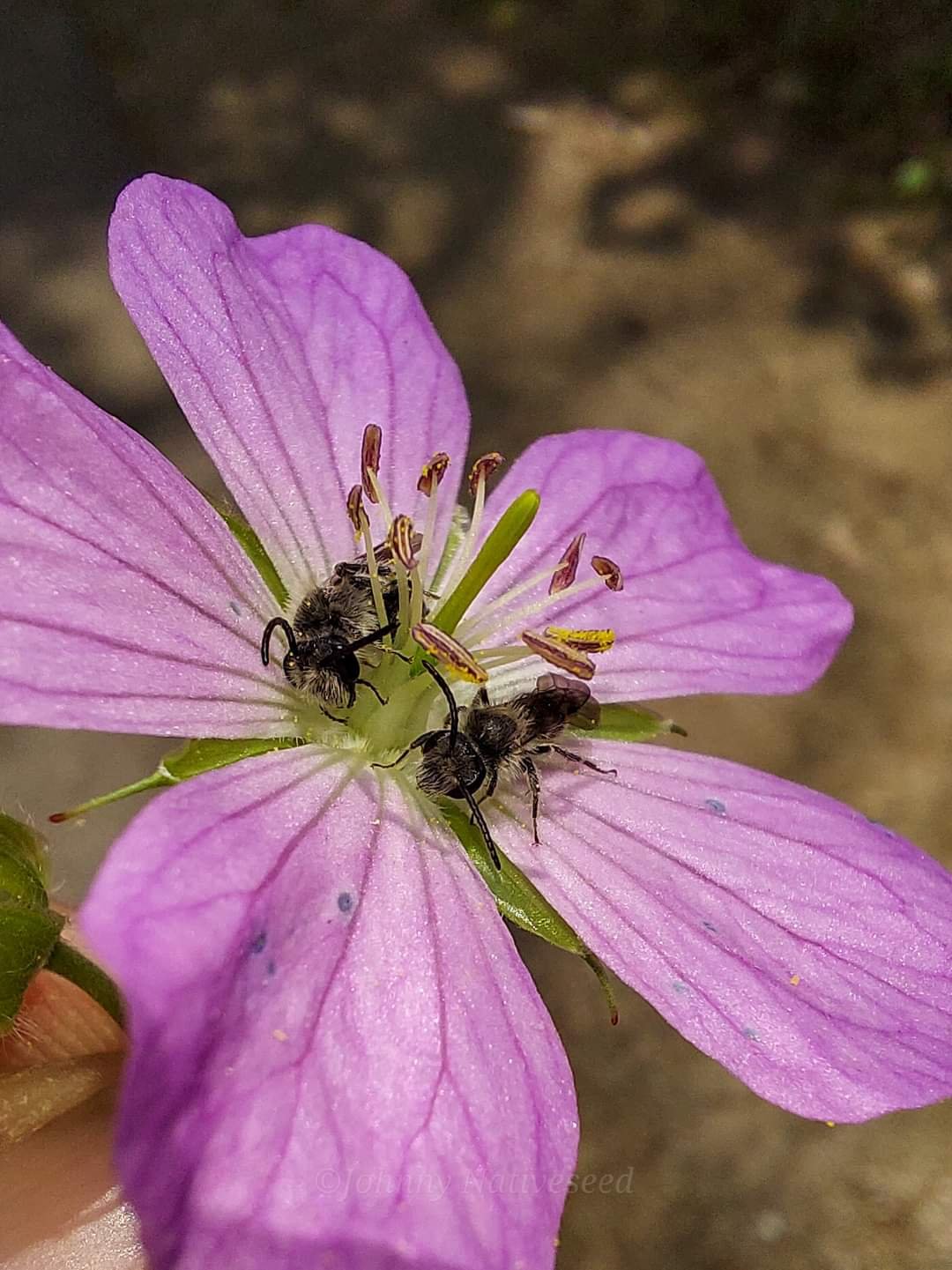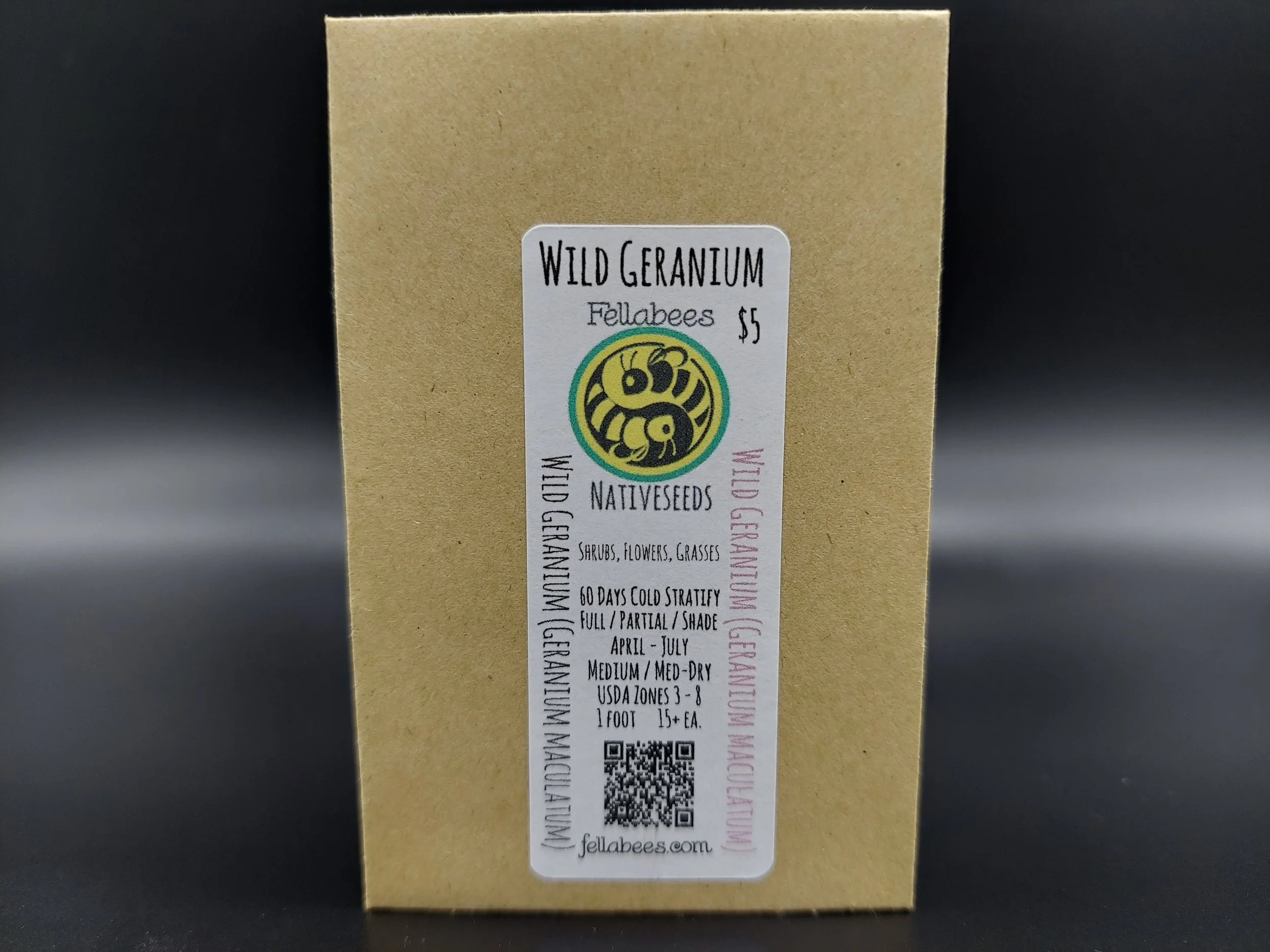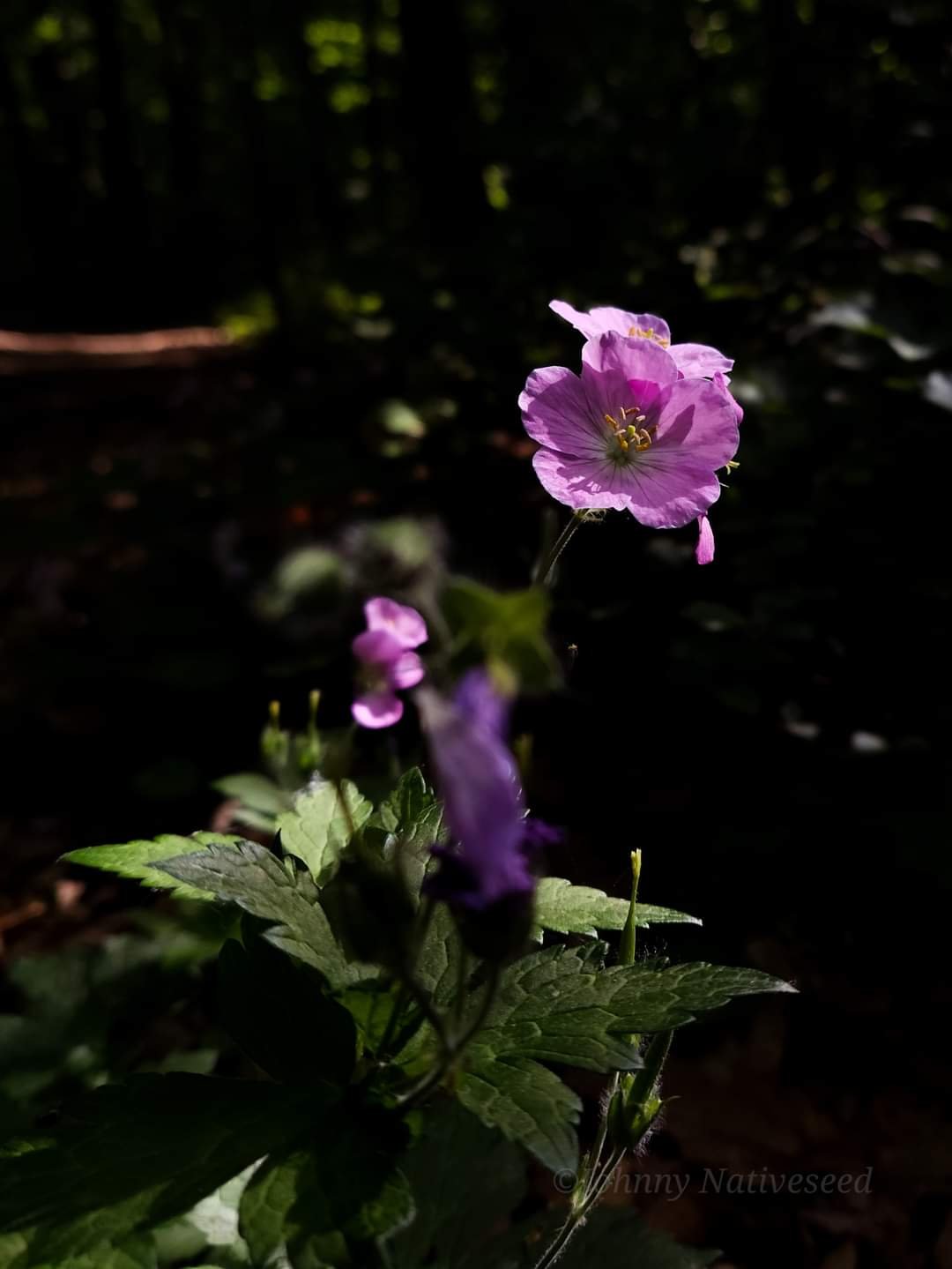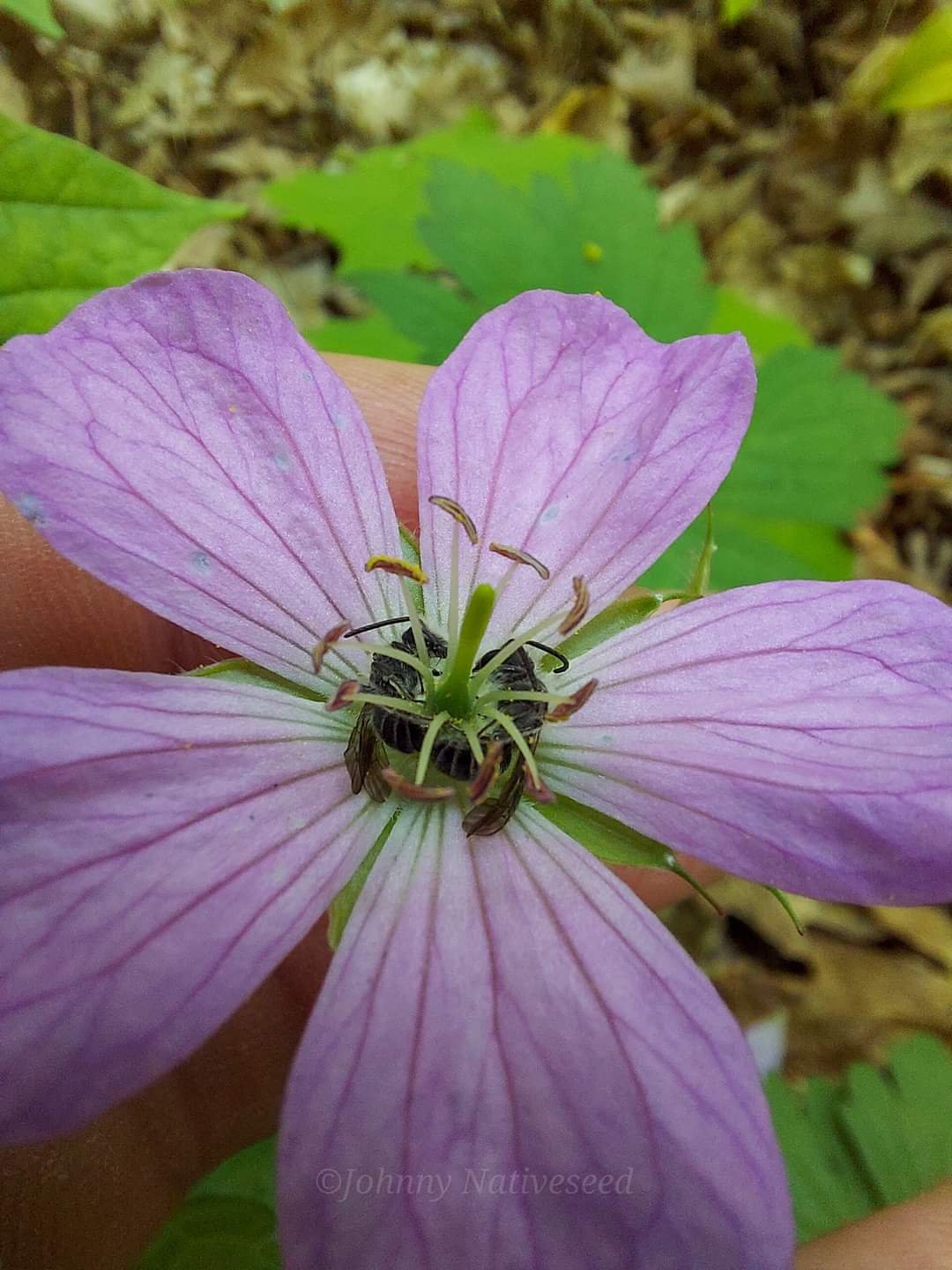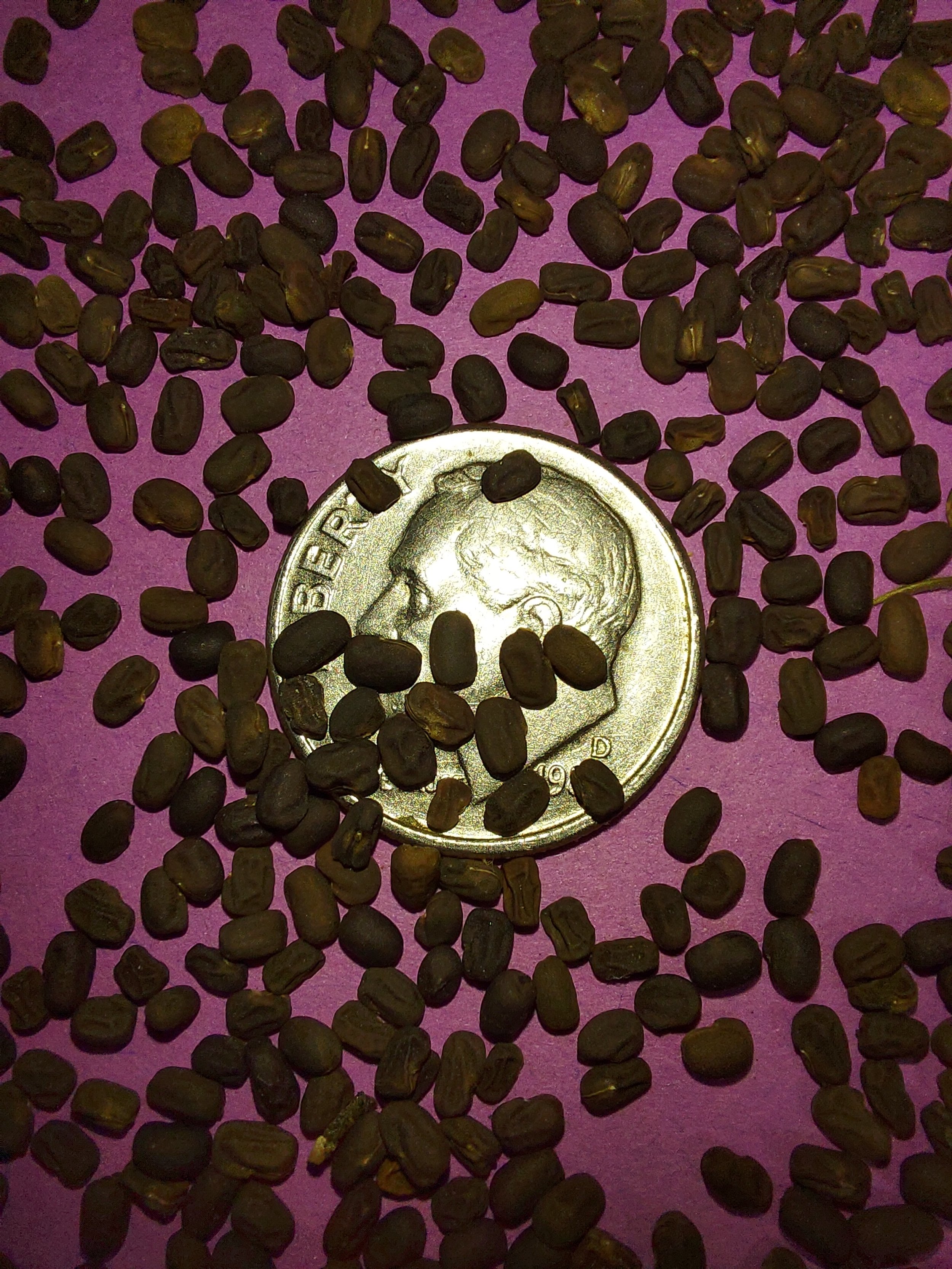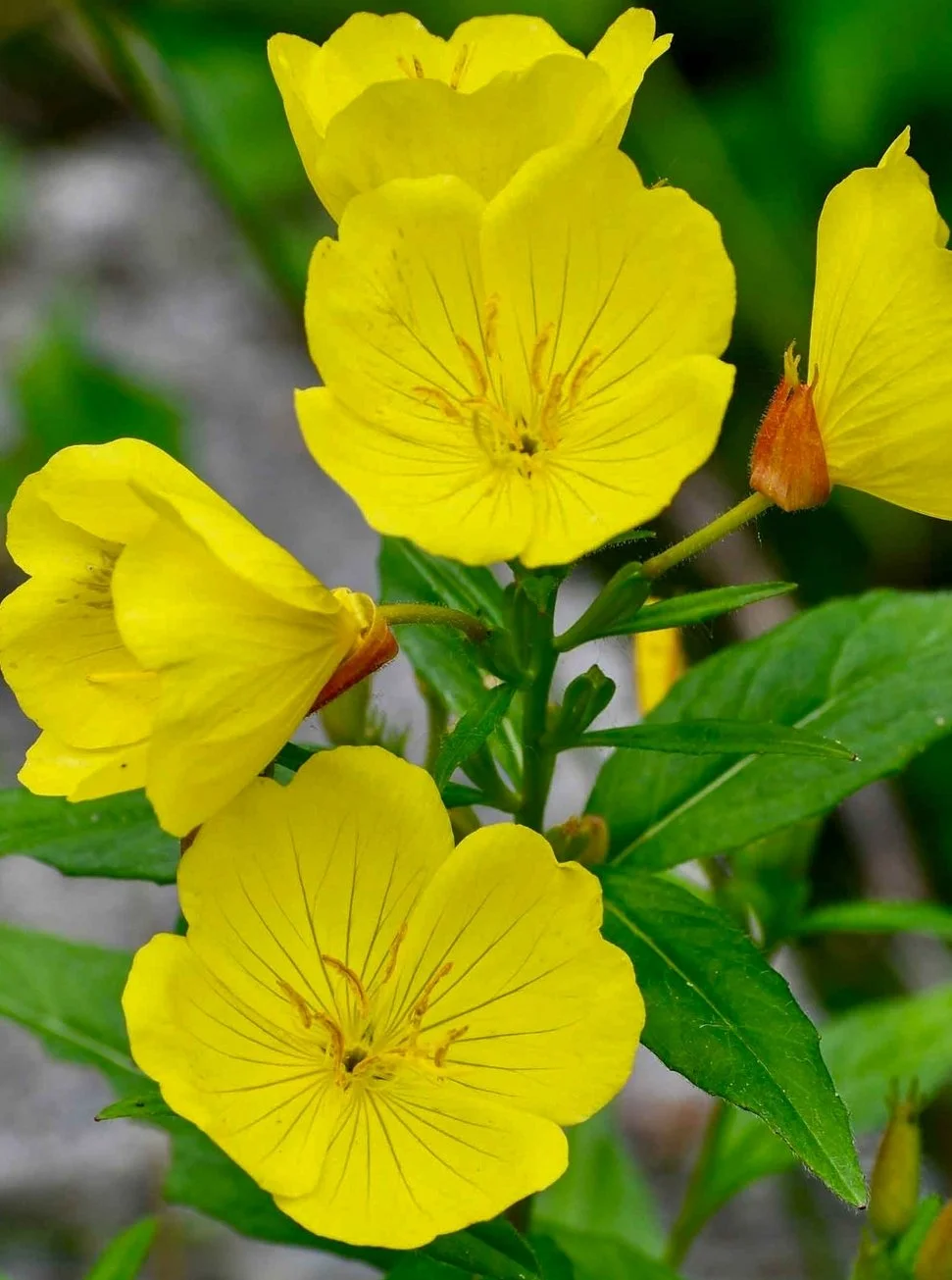 Image 1 of 5
Image 1 of 5

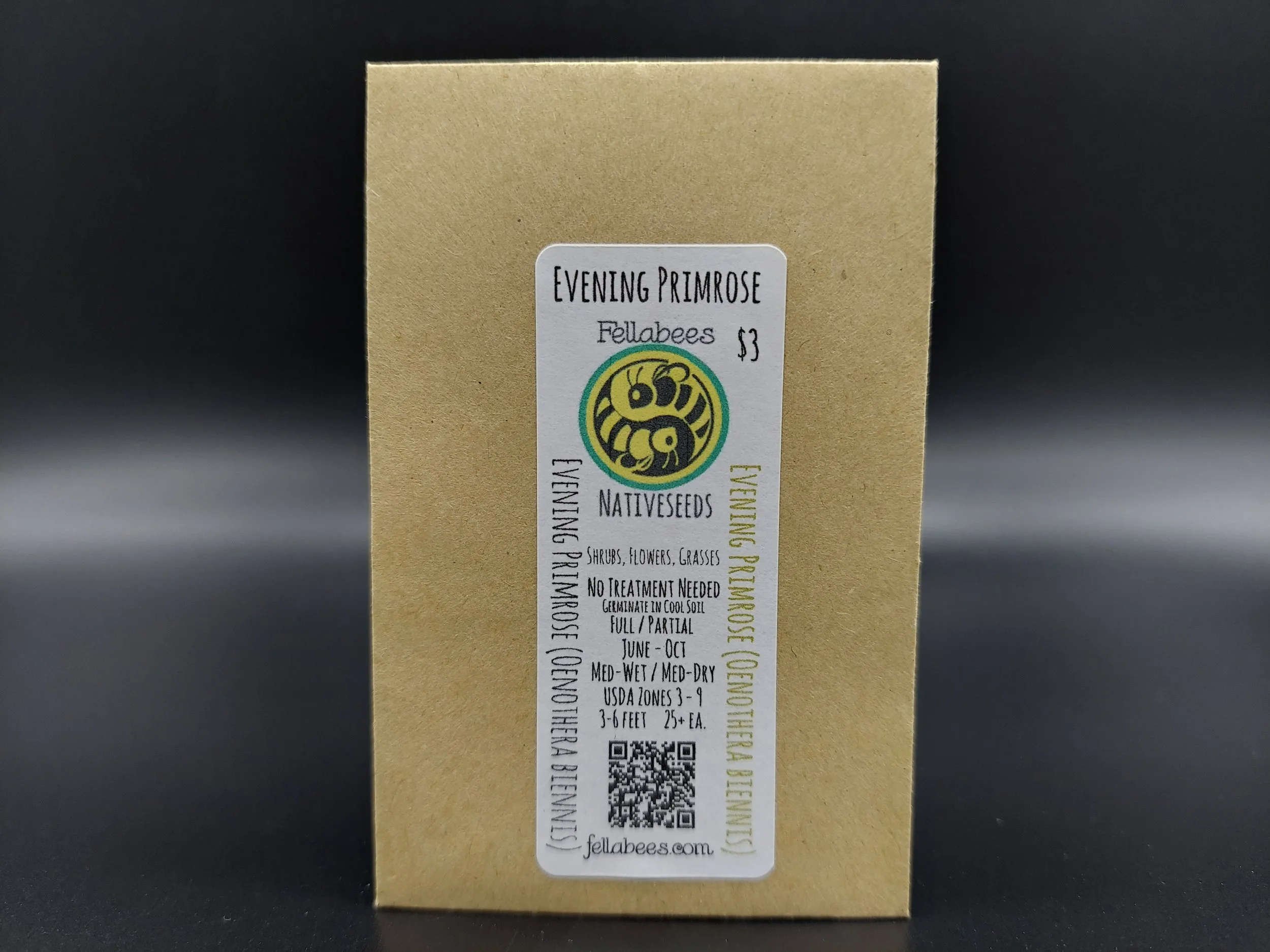 Image 2 of 5
Image 2 of 5

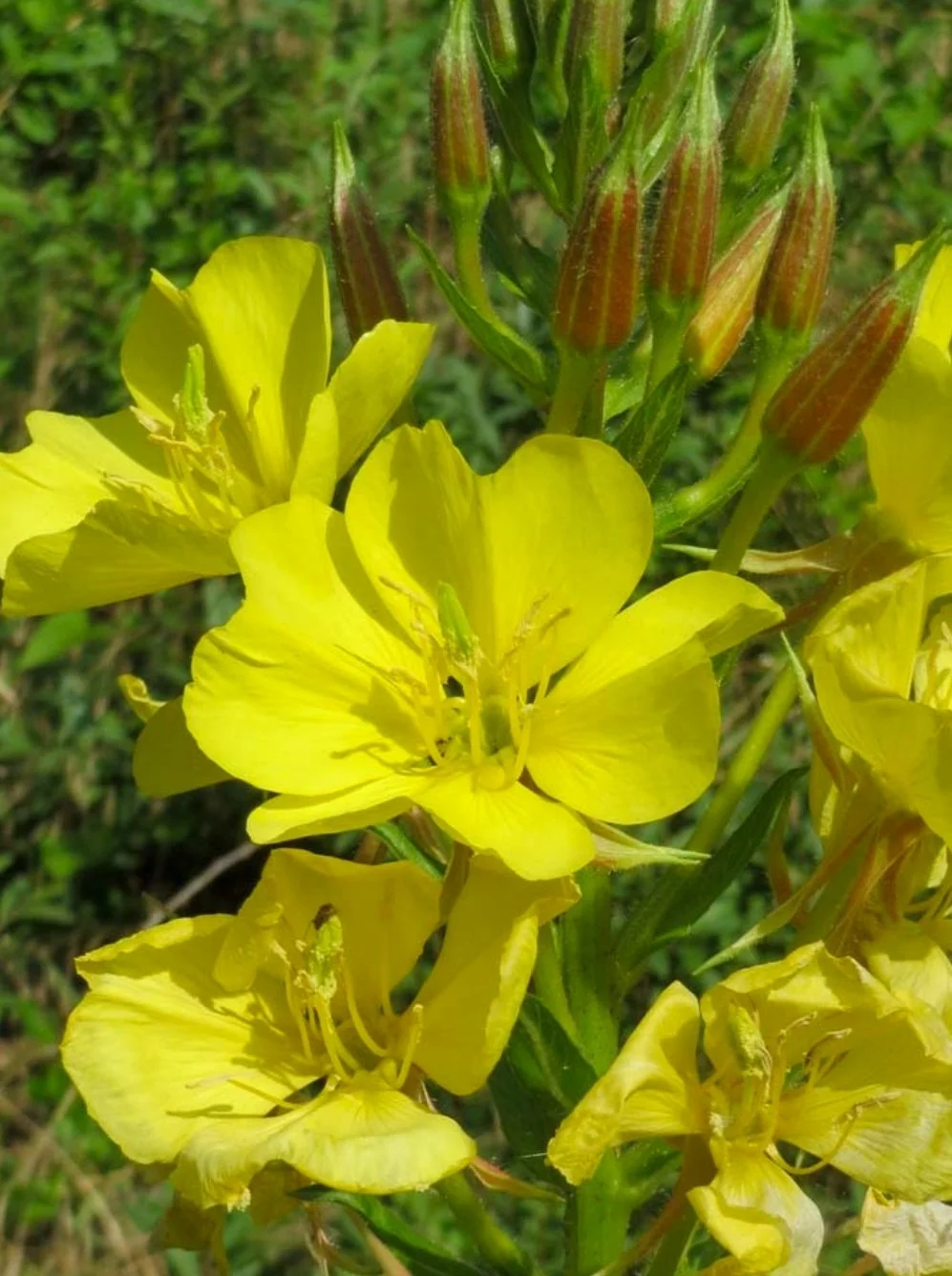 Image 3 of 5
Image 3 of 5

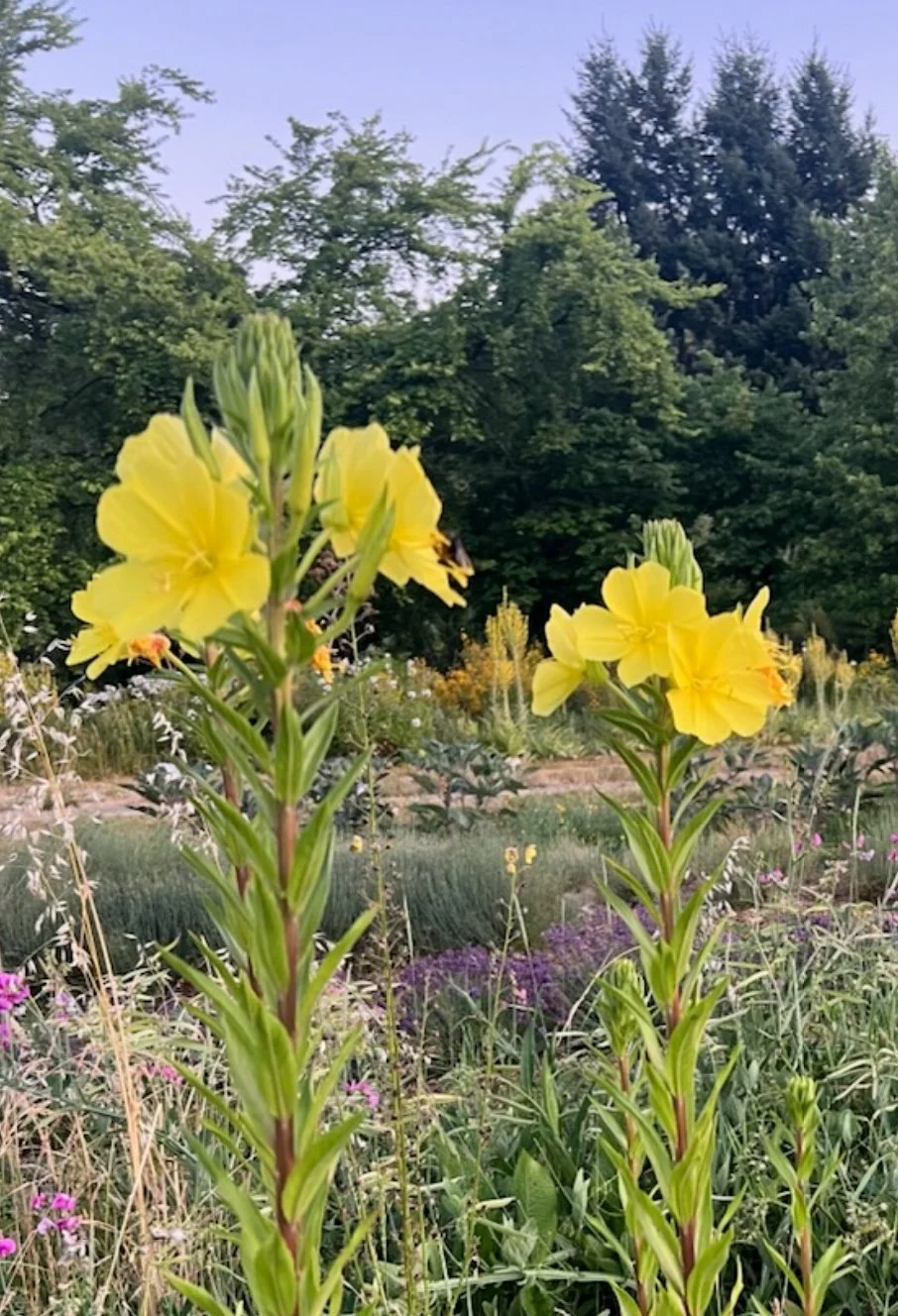 Image 4 of 5
Image 4 of 5

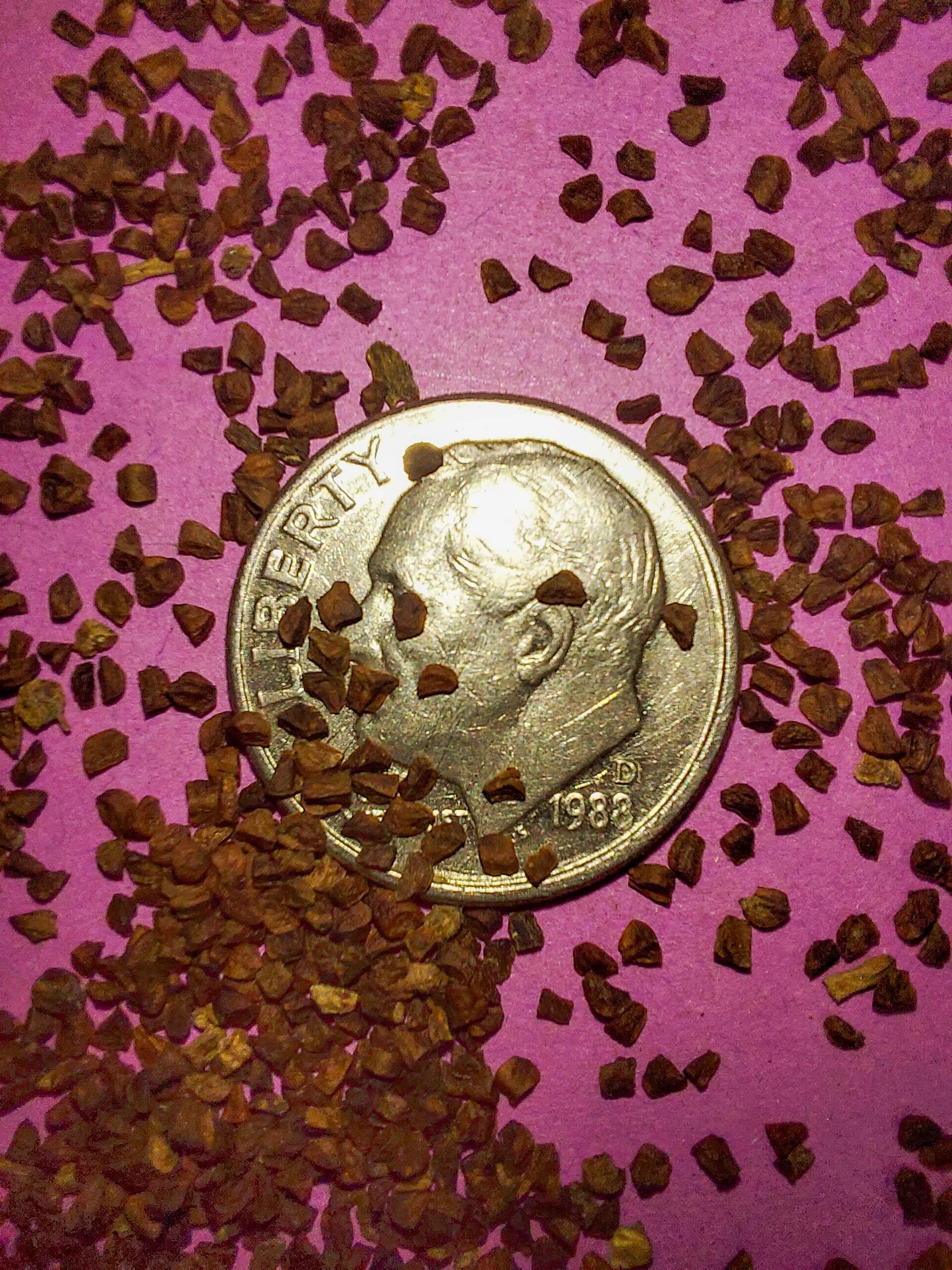 Image 5 of 5
Image 5 of 5






Evening Primrose (Oenothera biennis)
Evening Primrose (Oenothera biennis)
Oenothera biennis, more commonly known as evening-primrose, is a species of flowering plant belonging to the family Onagraceae. It is native to the eastern and central regions of North America, where it naturally thrives in a variety of habitats. This plant is well-known for its distinctive yellow flowers that typically bloom in the evening.
Blooming lasts from late spring through to late summer, providing an extended period of vibrant color. The flowers are hermaphroditic, growing on tall spikes, and each individual bloom only lasts until the following noon. They open visibly fast every evening, creating a fascinating and beautiful spectacle, which is why they have been aptly named "evening primrose."
The flower structure features a bright nectar guide pattern that remains invisible to the naked eye. However, this intricate pattern becomes clearly apparent under ultraviolet light, making it highly visible to its primary pollinators, which include moths, butterflies, and various species of bees. This natural design helps direct these pollinators efficiently to the nectar source.
The plant’s seeds feed birds like American goldfinch, Northern bobwhite, and mourning dove. It hosts larvae of the primrose moth and white-lined sphinx moth. Bumblebees and sweat bees visit its flowers. Primrose moths (Schinia florida) lay eggs on the flower, and caterpillars feed on it. Seeds of Oenothera biennis can stay viable in soil for 70+ years.
Indigenous people in North America have long relied on the plant not only as a source of nutritious food but also as an important element in their traditional medicine practices.
Most plant parts are edible with a mild taste. Roots can be eaten raw or cooked like potatoes. Leaves are eaten raw in salads or cooked like spinach. Anishinaabe tribes use evening primrose leaf tea as a dietary aid and fatigue reducer. Young flowering stems (June) are peeled and eaten raw or fried. Flower buds, a delicacy, can be harvested June to October. Seeds contain about 15% protein, 24% oil, and 43% cellulose, rich in methionine, cysteine, tryptophan, gamma-linolenic acid (GLA), and linoleic acid.
Plant Details:
USDA Zones: 3-9
Germination Needs: Needs no stratification, direct sow in cool soil. Seed is small, requiring light in order to germinate. Surface sow and bottom water for best results.
Life Cycle: Biennial
Sun Exposure: Full to Partial
Soil Moisture: Medium-Wet, Medium, Medium-Dry, Dry
Plant Spacing: 1 - 2 feet
Height: 4 - 6 feet
Bloom time: June, July, August, September, October
Bloom Color: Yellow
Advantages :
Pollinator Favorite: butterflies, moths, bees, wasps, beetles
Bird Favorite: seeds, insects, fruit, nectar, nesting, perchs.
Deer Resistant: Yes
Native to : Wisconsin, Minnesota, Iowa, Illinois, Indiana, Michigan, Ohio, Pennsylvania, New York, Vermont, New Hampshire, Maine, Massachusetts, Rhode Island, Connecticut, Delaware, Maryland, New Jersey, West Virginia, Virginia, Kentucky, Tennessee, North Carolina, South Carolina, Georgia, Florida, Alabama, Mississippi, Louisiana, Arkansas, Missouri, Texas, Oklahoma, Kansas, Nebraska, South Dakota, North Dakota, Montana, New Mexico, Utah, Nevada, Idaho, Washington State, Oregon and California.
This species is considered present but rare in several counties of the state of Kansas.
This plant is introduced to several counties of the states of Montana, Idaho, Utah, Washington State, Oregon, and California.
Seed Count: 25+
.
.
Packet quantities:
We pride ourselves on ethical, hands on, ecological management, using no mechanical or chemical methods whatsoever.
All of our native seed is hand reared, hand picked, and hand packed from native prairies under our exclusive management, never breaking chain of custody from the field until it is sent to you. Each packet is hand prepared for shipment by us, directly.
Small seed species will contain greater than 20-25 seed
Large seed species will contain greater than 10-15 seed
All packets are individually marked at the bottom of the front label with expected count, however most if not all packets will have many more than the minimum count by default.
It is our mission to spread the wealth of native plant and pollinator ecological sustainability, and educate back yard gardeners as well as corporate and government entities in how to germinate, grow, and benefit from native synergies.
Thank you for your support, it is because of you, that we can grow together to do, what we do.🐛🦋🐝🐞🌾🌱🌼🧡
Evening Primrose (Oenothera biennis)
Oenothera biennis, more commonly known as evening-primrose, is a species of flowering plant belonging to the family Onagraceae. It is native to the eastern and central regions of North America, where it naturally thrives in a variety of habitats. This plant is well-known for its distinctive yellow flowers that typically bloom in the evening.
Blooming lasts from late spring through to late summer, providing an extended period of vibrant color. The flowers are hermaphroditic, growing on tall spikes, and each individual bloom only lasts until the following noon. They open visibly fast every evening, creating a fascinating and beautiful spectacle, which is why they have been aptly named "evening primrose."
The flower structure features a bright nectar guide pattern that remains invisible to the naked eye. However, this intricate pattern becomes clearly apparent under ultraviolet light, making it highly visible to its primary pollinators, which include moths, butterflies, and various species of bees. This natural design helps direct these pollinators efficiently to the nectar source.
The plant’s seeds feed birds like American goldfinch, Northern bobwhite, and mourning dove. It hosts larvae of the primrose moth and white-lined sphinx moth. Bumblebees and sweat bees visit its flowers. Primrose moths (Schinia florida) lay eggs on the flower, and caterpillars feed on it. Seeds of Oenothera biennis can stay viable in soil for 70+ years.
Indigenous people in North America have long relied on the plant not only as a source of nutritious food but also as an important element in their traditional medicine practices.
Most plant parts are edible with a mild taste. Roots can be eaten raw or cooked like potatoes. Leaves are eaten raw in salads or cooked like spinach. Anishinaabe tribes use evening primrose leaf tea as a dietary aid and fatigue reducer. Young flowering stems (June) are peeled and eaten raw or fried. Flower buds, a delicacy, can be harvested June to October. Seeds contain about 15% protein, 24% oil, and 43% cellulose, rich in methionine, cysteine, tryptophan, gamma-linolenic acid (GLA), and linoleic acid.
Plant Details:
USDA Zones: 3-9
Germination Needs: Needs no stratification, direct sow in cool soil. Seed is small, requiring light in order to germinate. Surface sow and bottom water for best results.
Life Cycle: Biennial
Sun Exposure: Full to Partial
Soil Moisture: Medium-Wet, Medium, Medium-Dry, Dry
Plant Spacing: 1 - 2 feet
Height: 4 - 6 feet
Bloom time: June, July, August, September, October
Bloom Color: Yellow
Advantages :
Pollinator Favorite: butterflies, moths, bees, wasps, beetles
Bird Favorite: seeds, insects, fruit, nectar, nesting, perchs.
Deer Resistant: Yes
Native to : Wisconsin, Minnesota, Iowa, Illinois, Indiana, Michigan, Ohio, Pennsylvania, New York, Vermont, New Hampshire, Maine, Massachusetts, Rhode Island, Connecticut, Delaware, Maryland, New Jersey, West Virginia, Virginia, Kentucky, Tennessee, North Carolina, South Carolina, Georgia, Florida, Alabama, Mississippi, Louisiana, Arkansas, Missouri, Texas, Oklahoma, Kansas, Nebraska, South Dakota, North Dakota, Montana, New Mexico, Utah, Nevada, Idaho, Washington State, Oregon and California.
This species is considered present but rare in several counties of the state of Kansas.
This plant is introduced to several counties of the states of Montana, Idaho, Utah, Washington State, Oregon, and California.
Seed Count: 25+
.
.
Packet quantities:
We pride ourselves on ethical, hands on, ecological management, using no mechanical or chemical methods whatsoever.
All of our native seed is hand reared, hand picked, and hand packed from native prairies under our exclusive management, never breaking chain of custody from the field until it is sent to you. Each packet is hand prepared for shipment by us, directly.
Small seed species will contain greater than 20-25 seed
Large seed species will contain greater than 10-15 seed
All packets are individually marked at the bottom of the front label with expected count, however most if not all packets will have many more than the minimum count by default.
It is our mission to spread the wealth of native plant and pollinator ecological sustainability, and educate back yard gardeners as well as corporate and government entities in how to germinate, grow, and benefit from native synergies.
Thank you for your support, it is because of you, that we can grow together to do, what we do.🐛🦋🐝🐞🌾🌱🌼🧡
